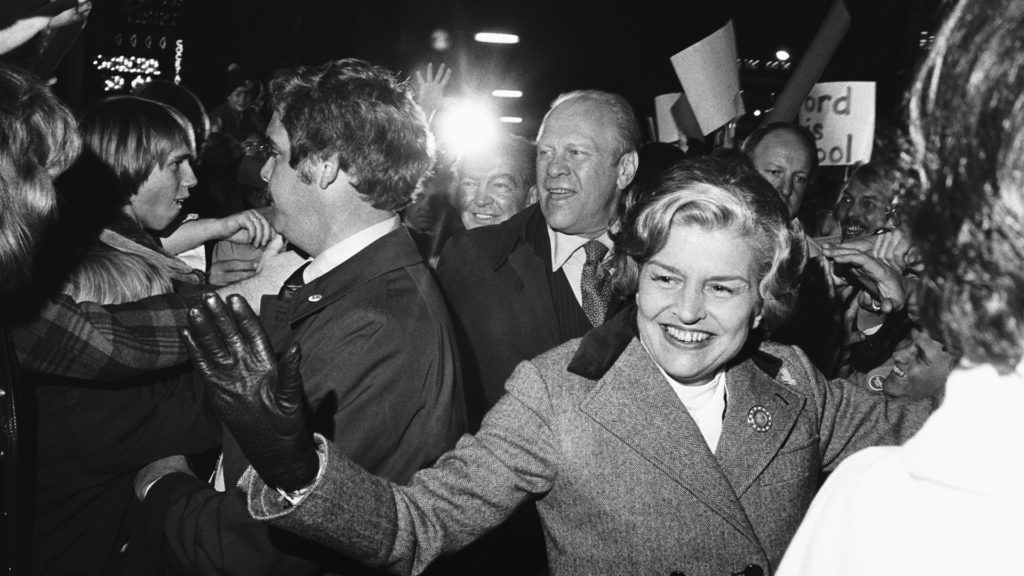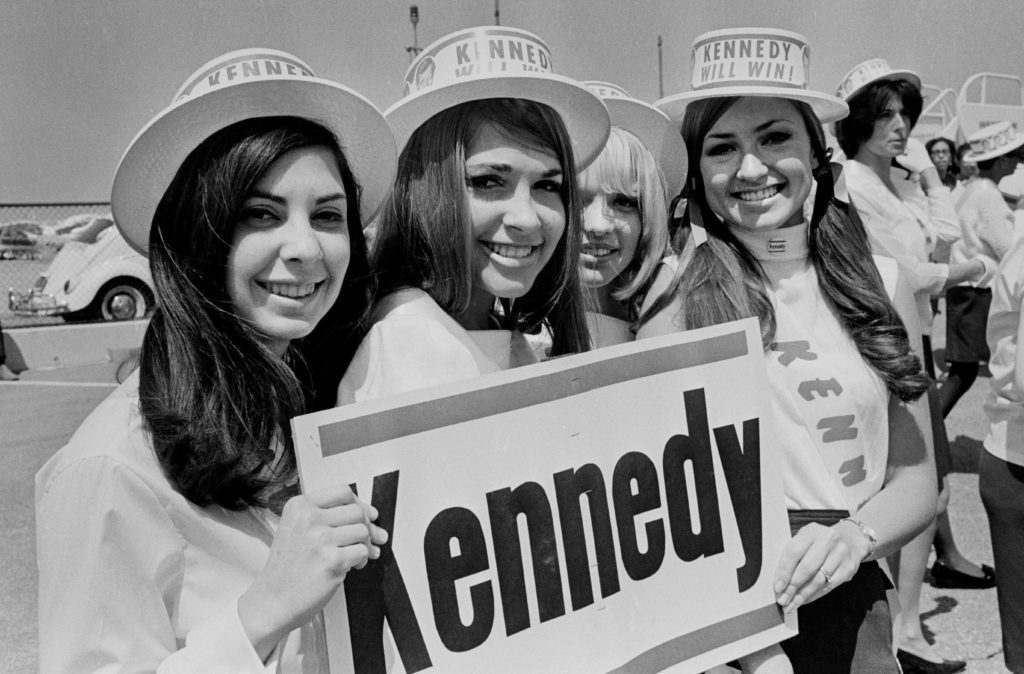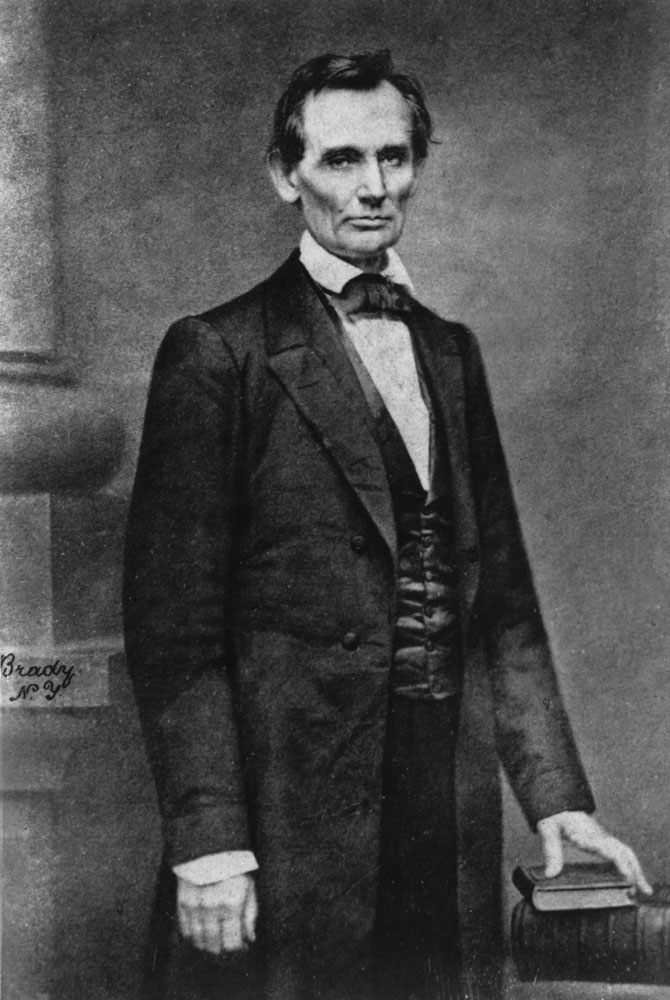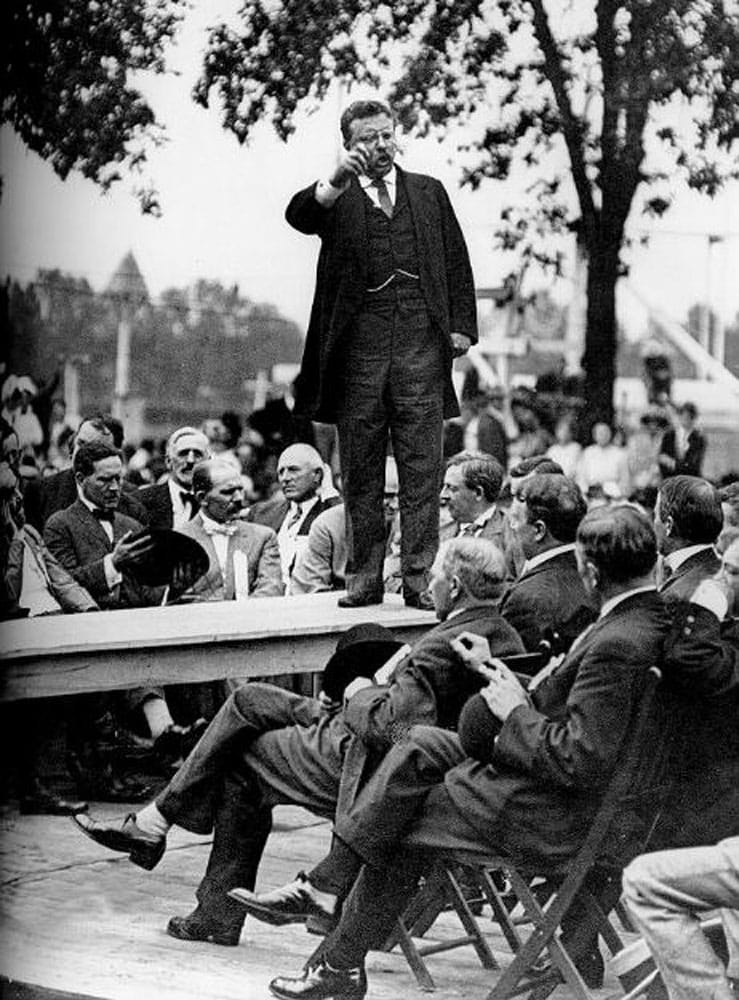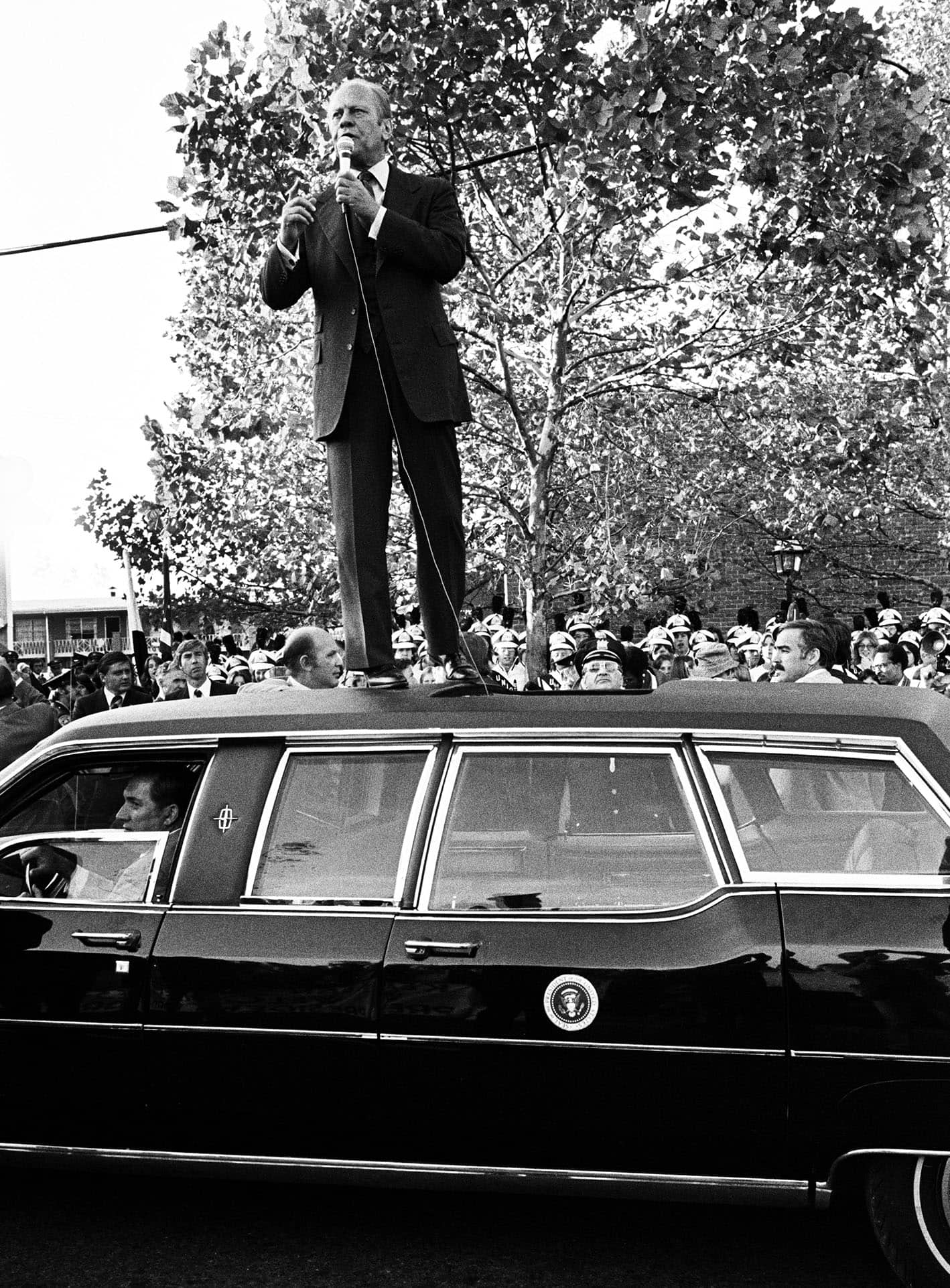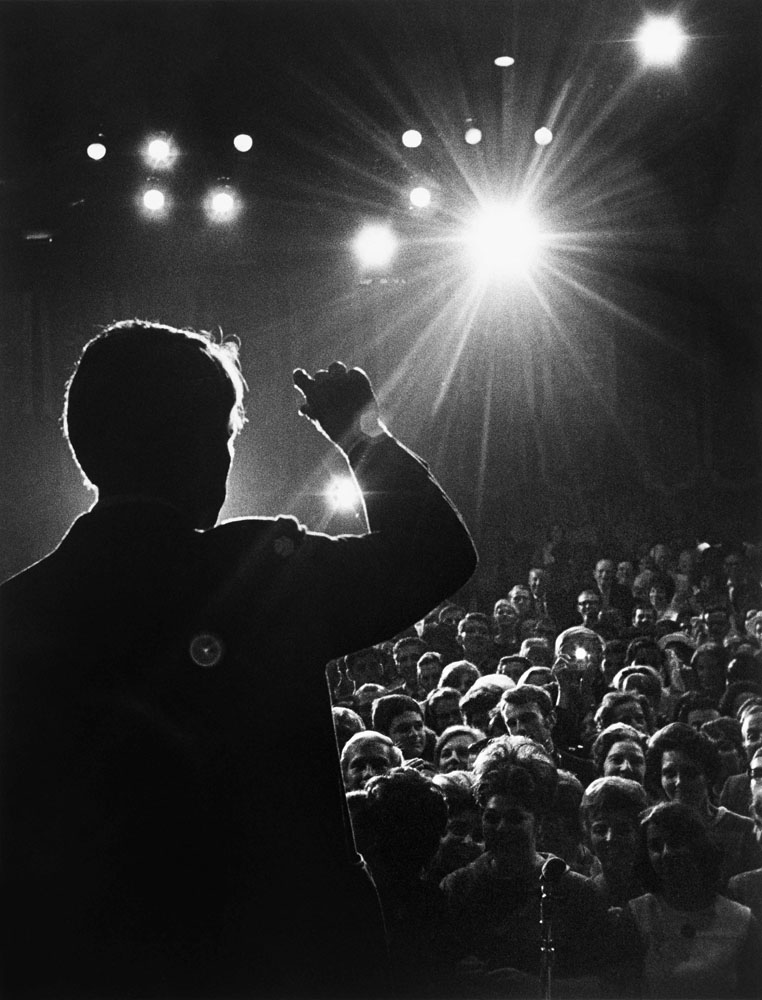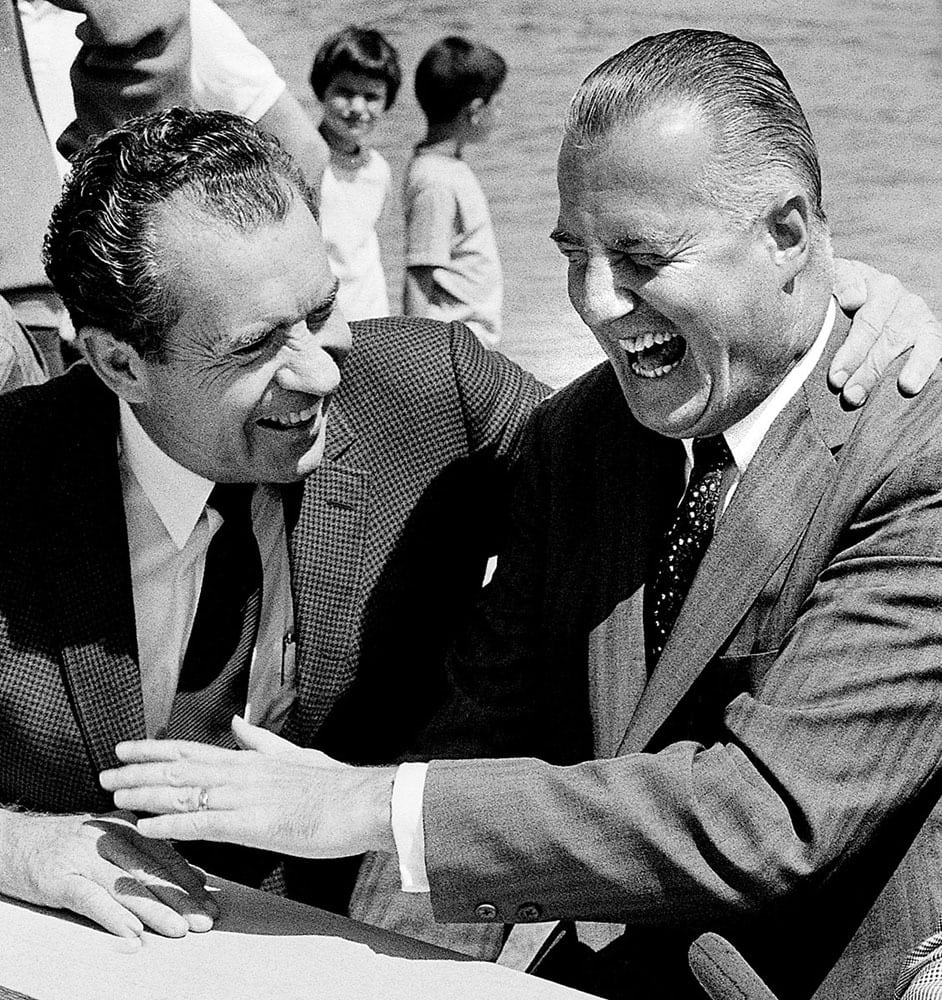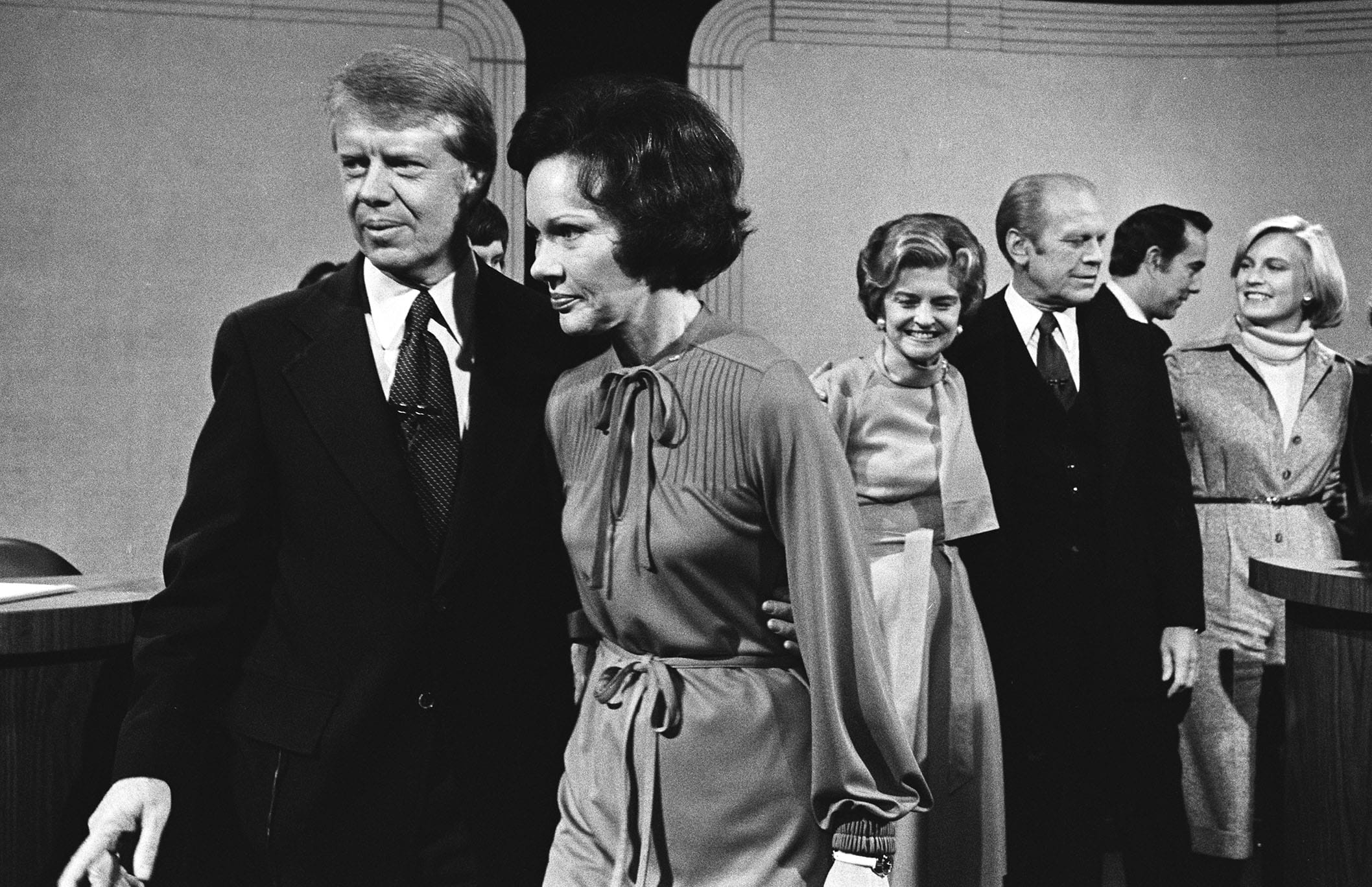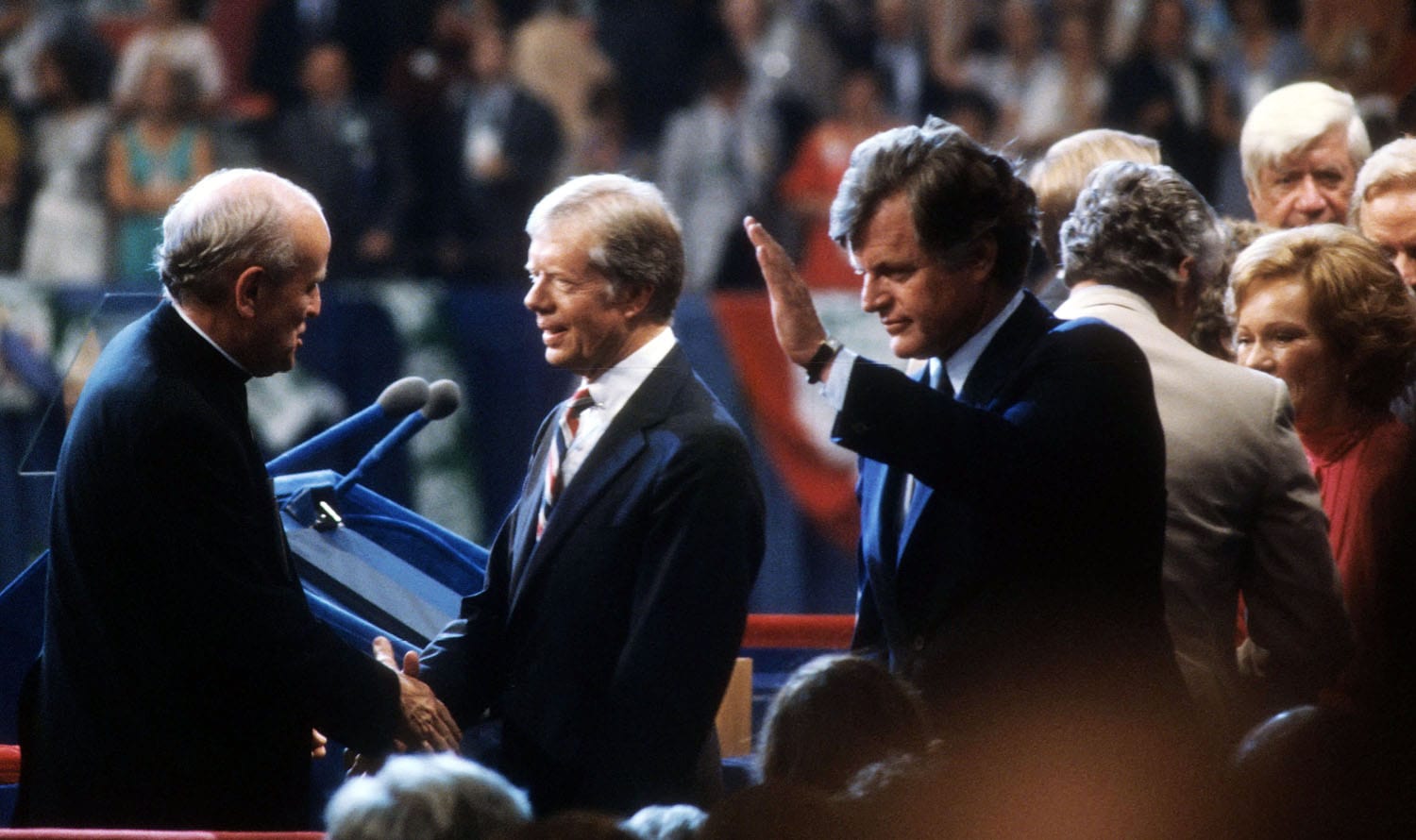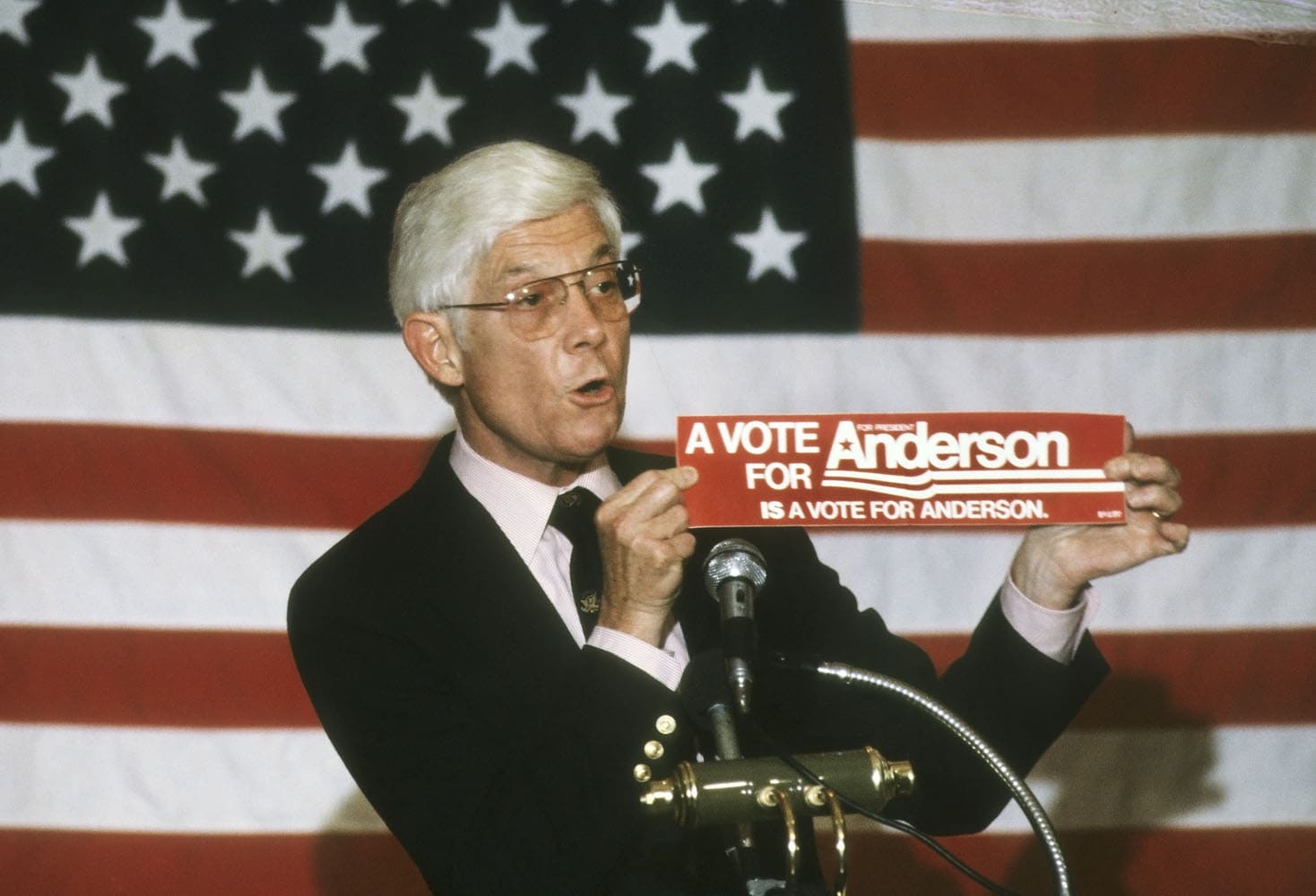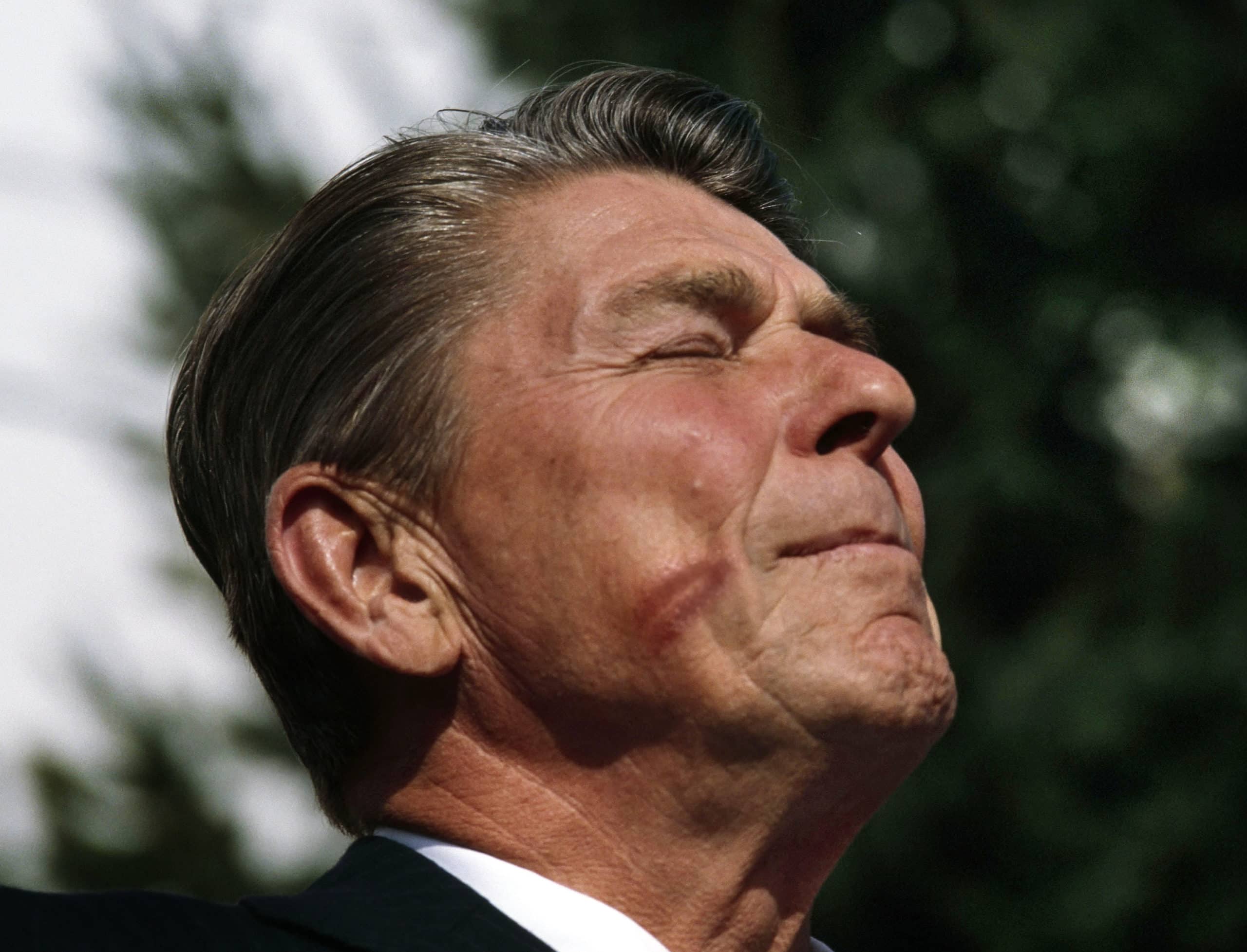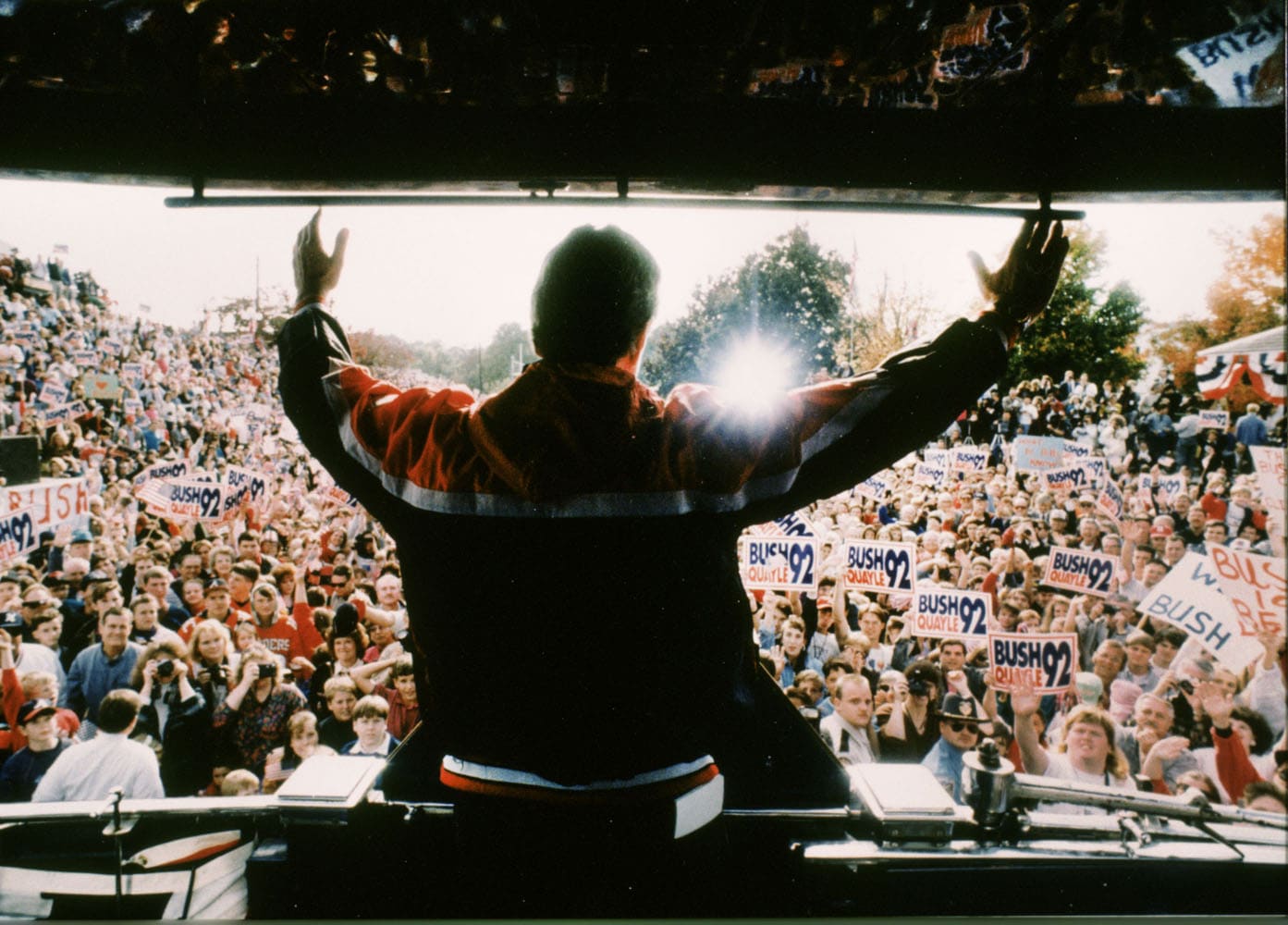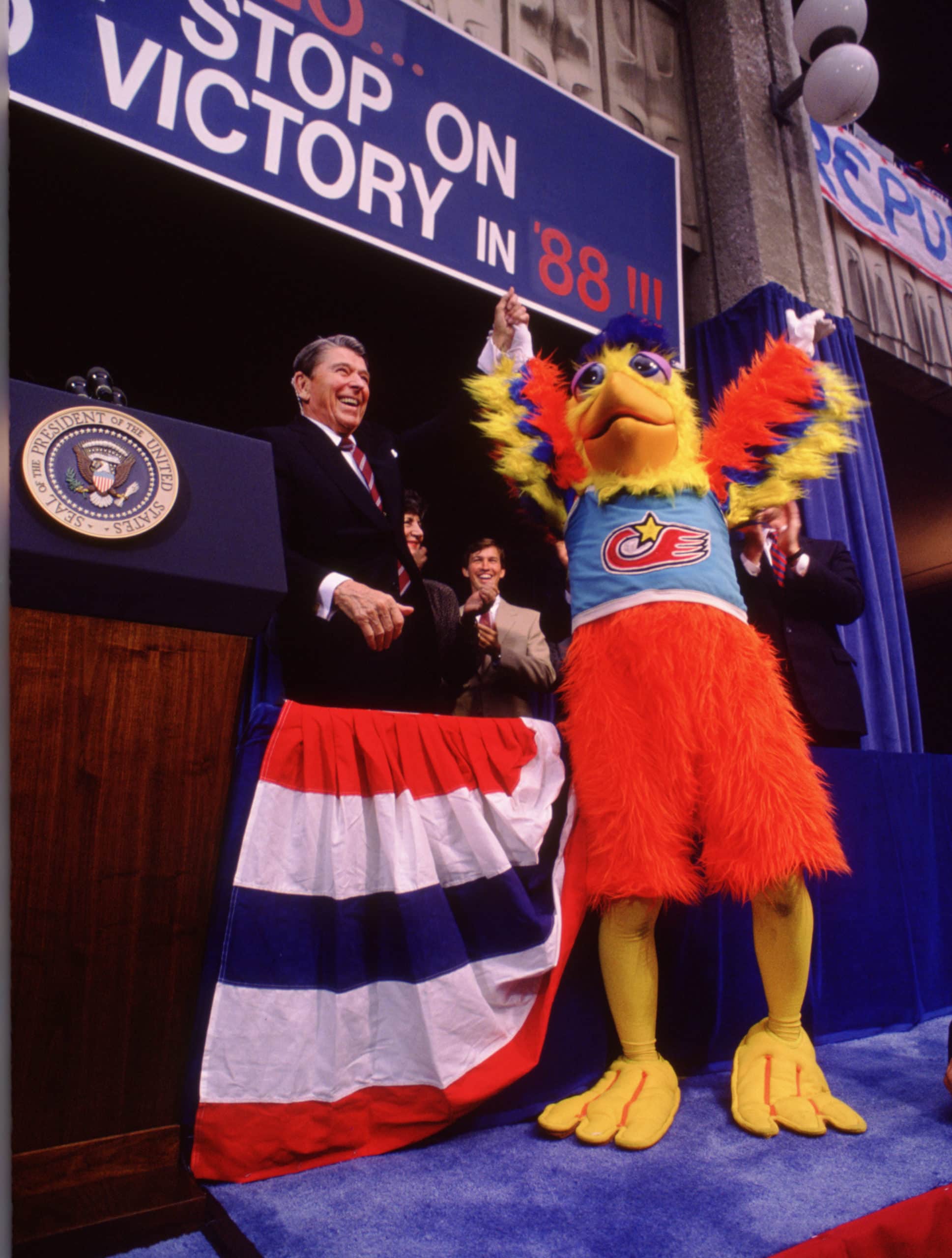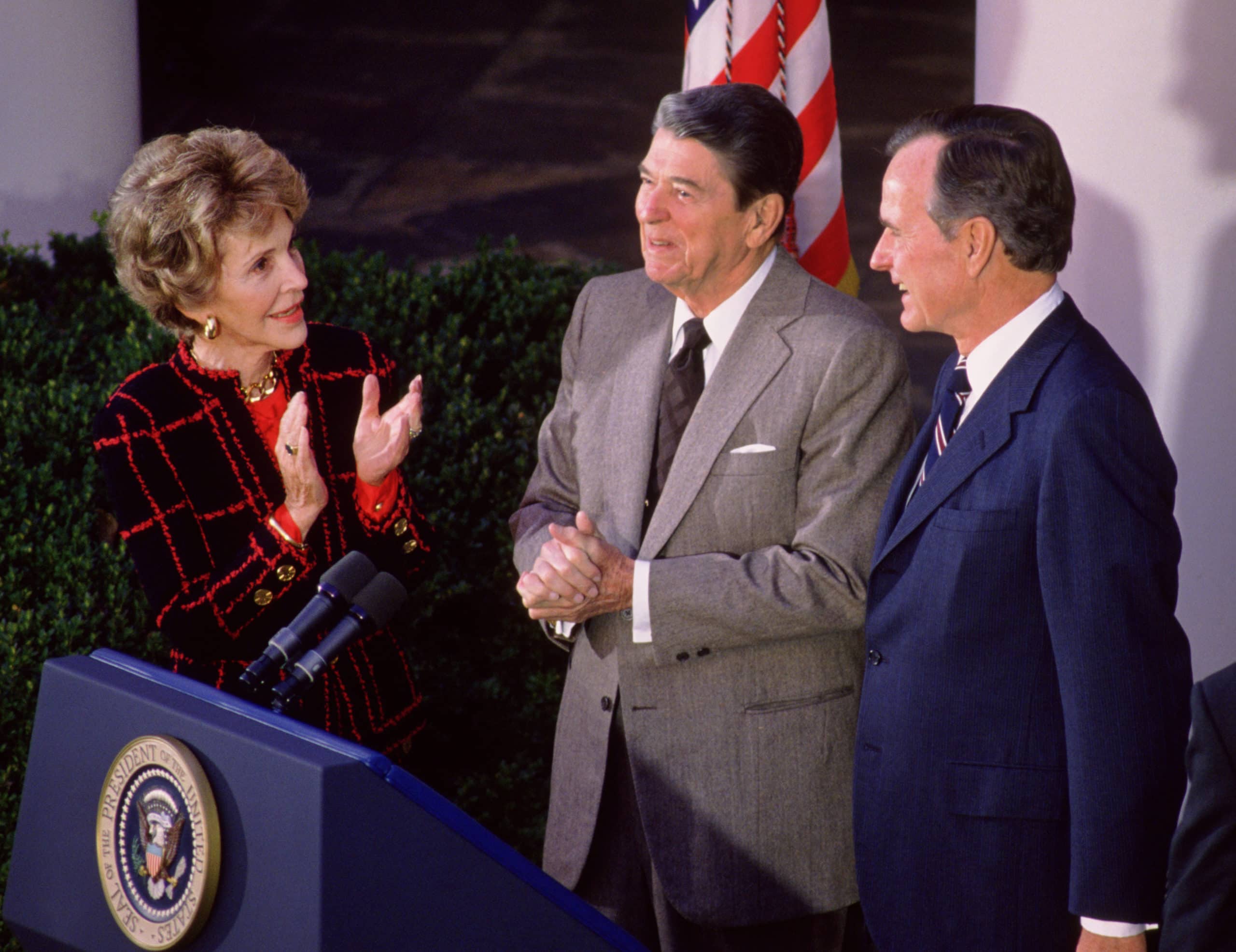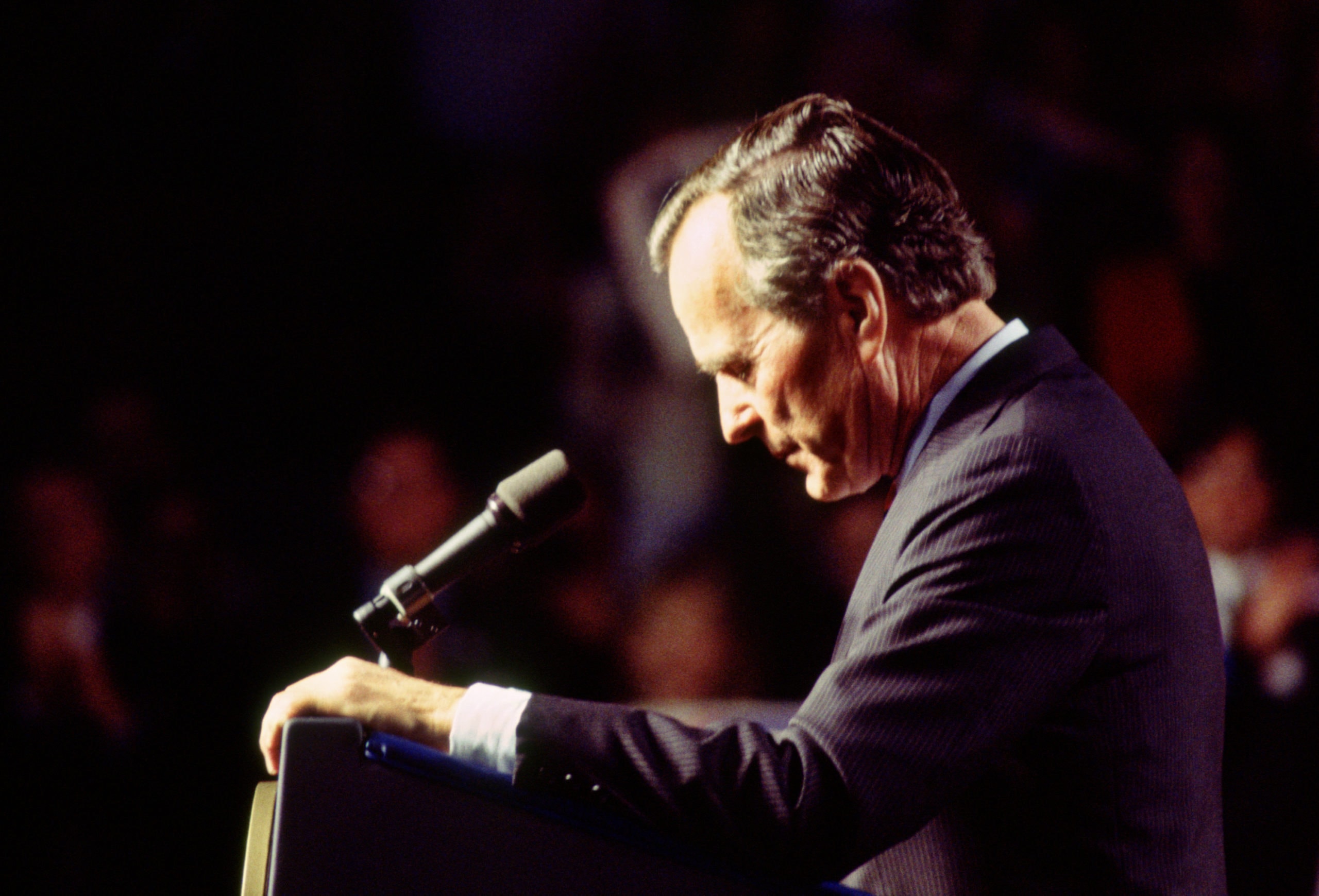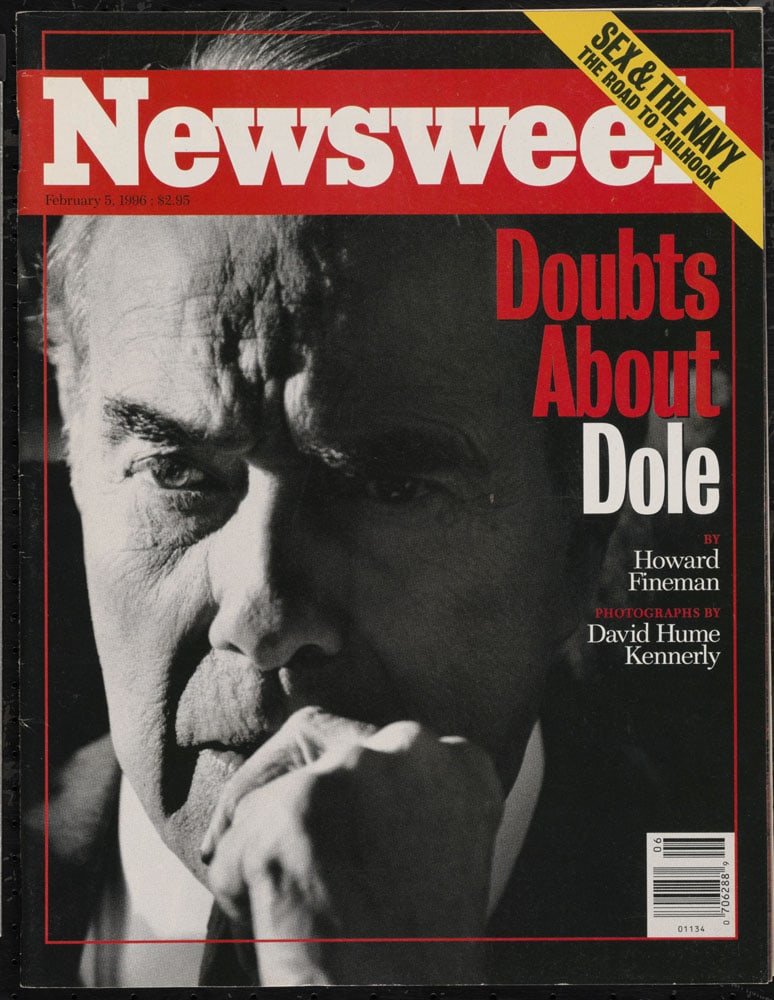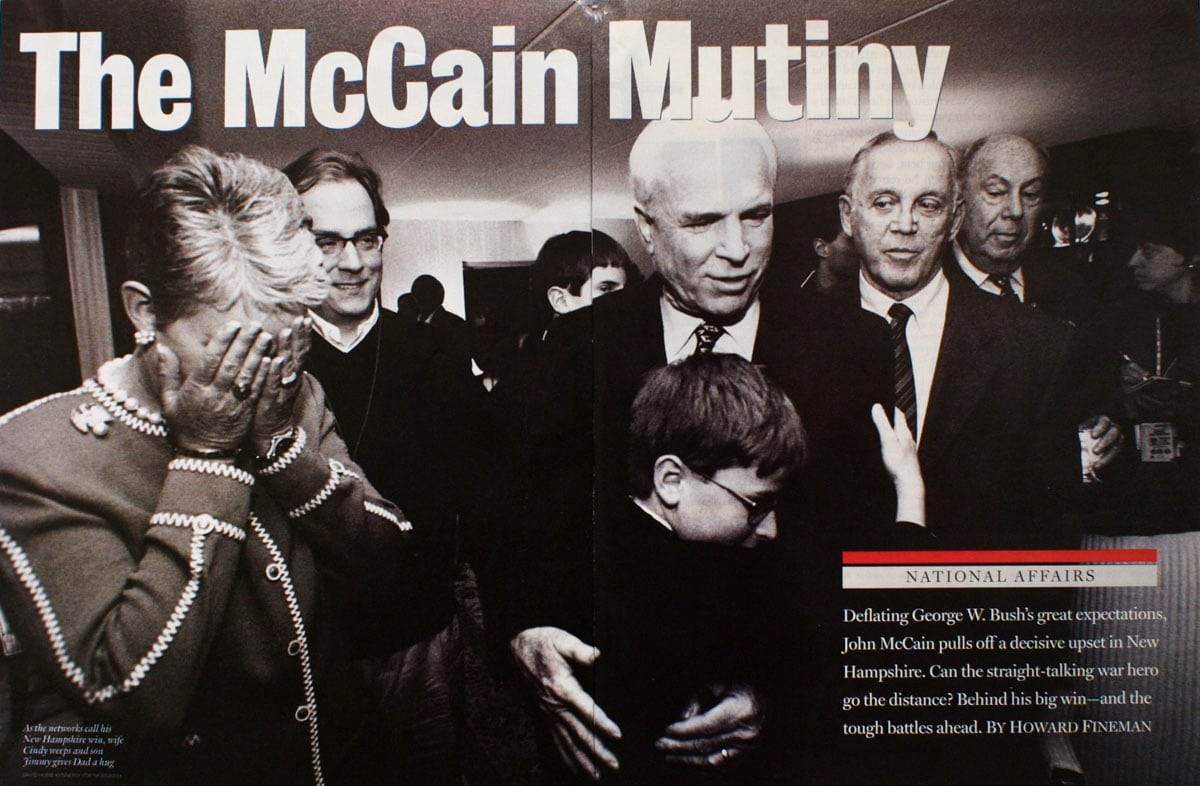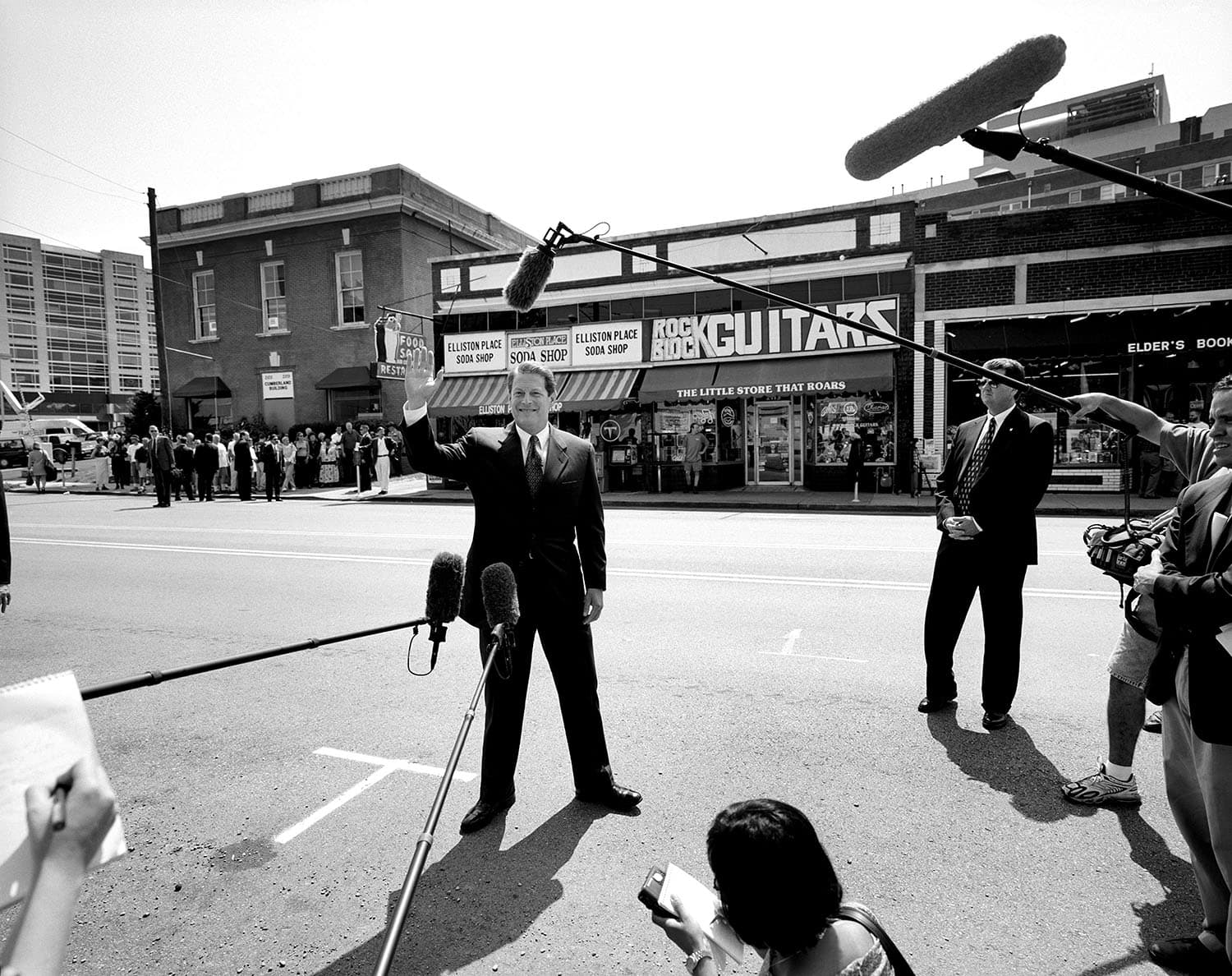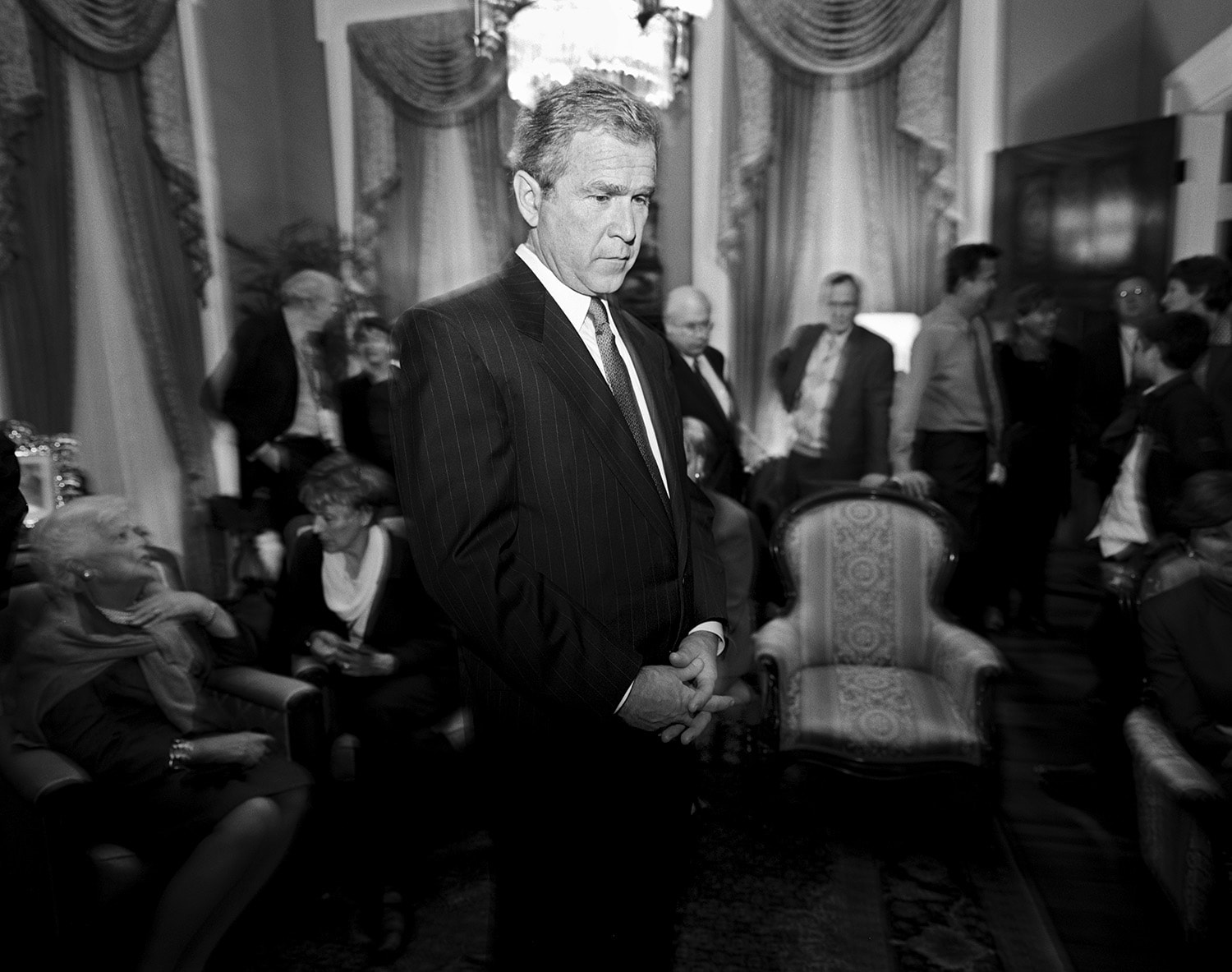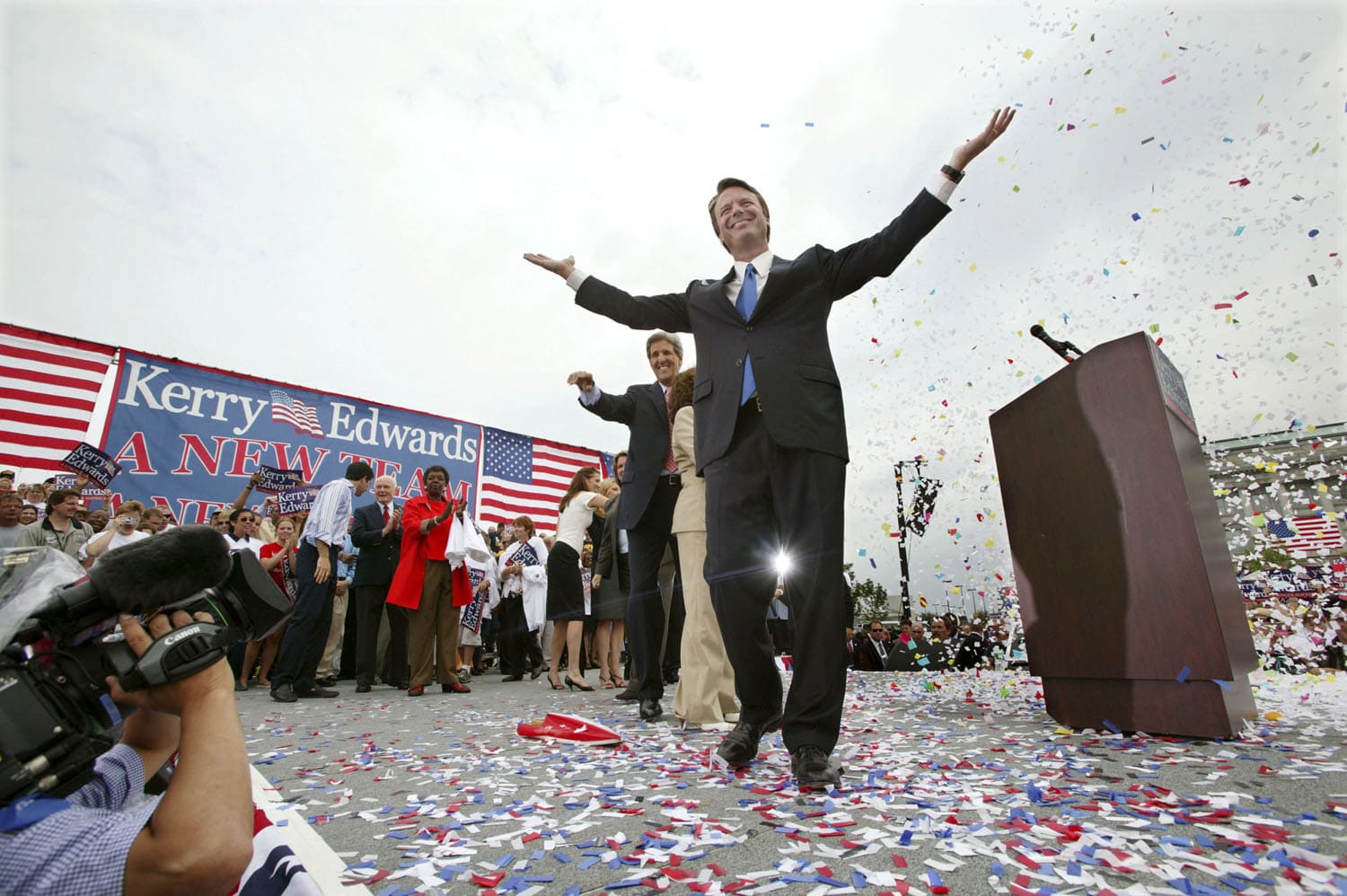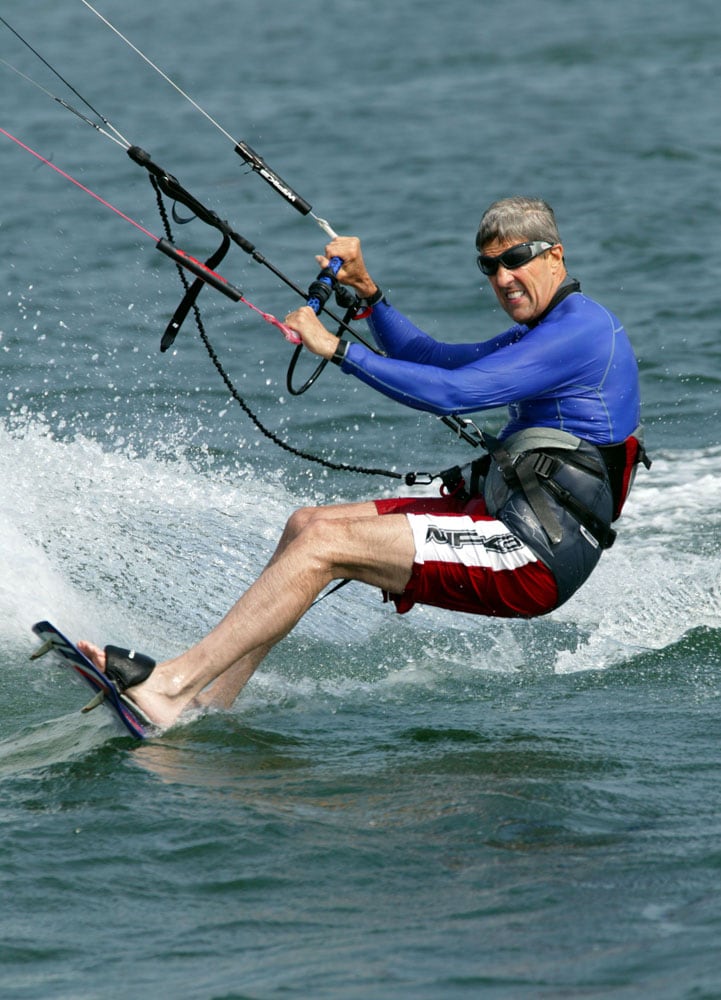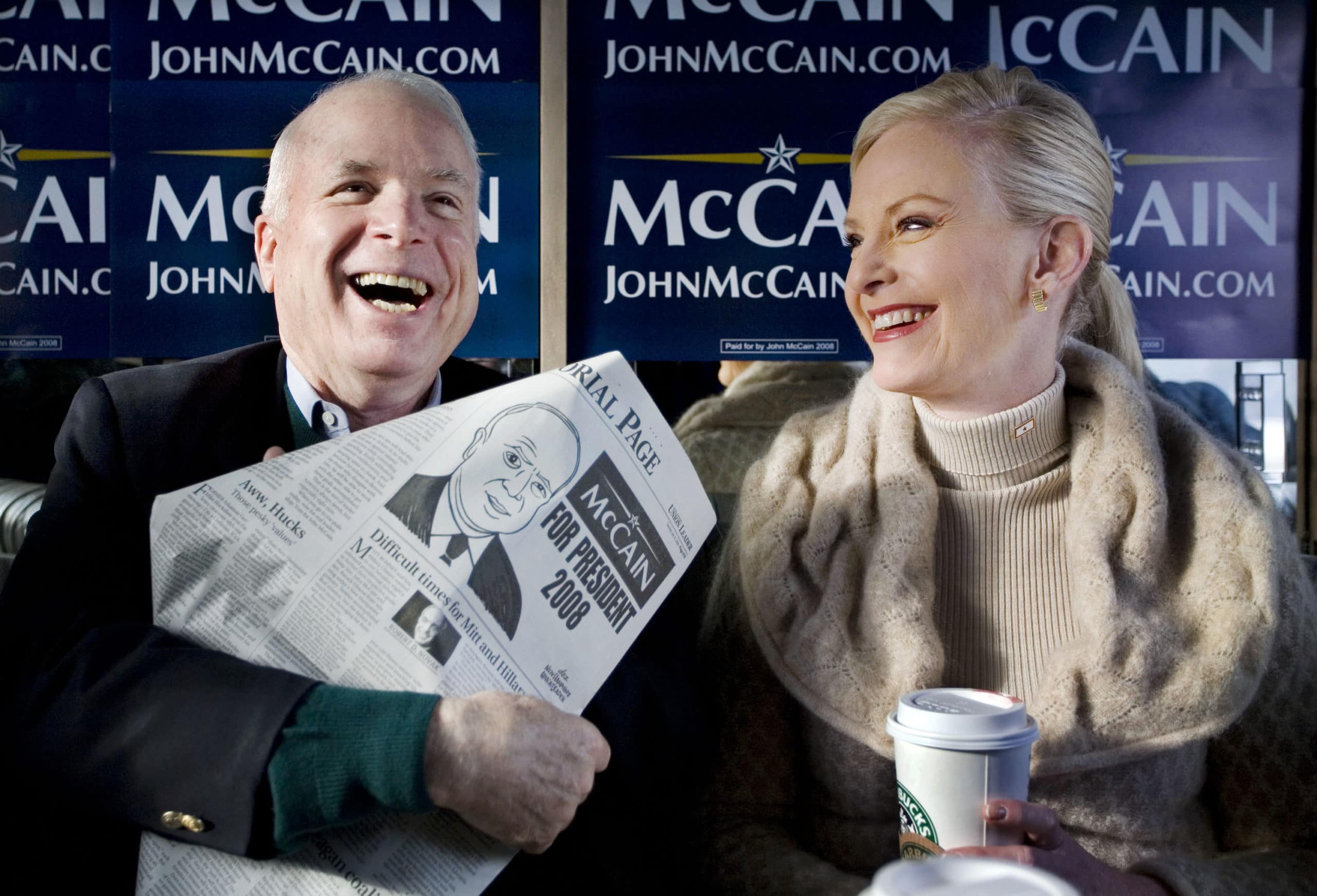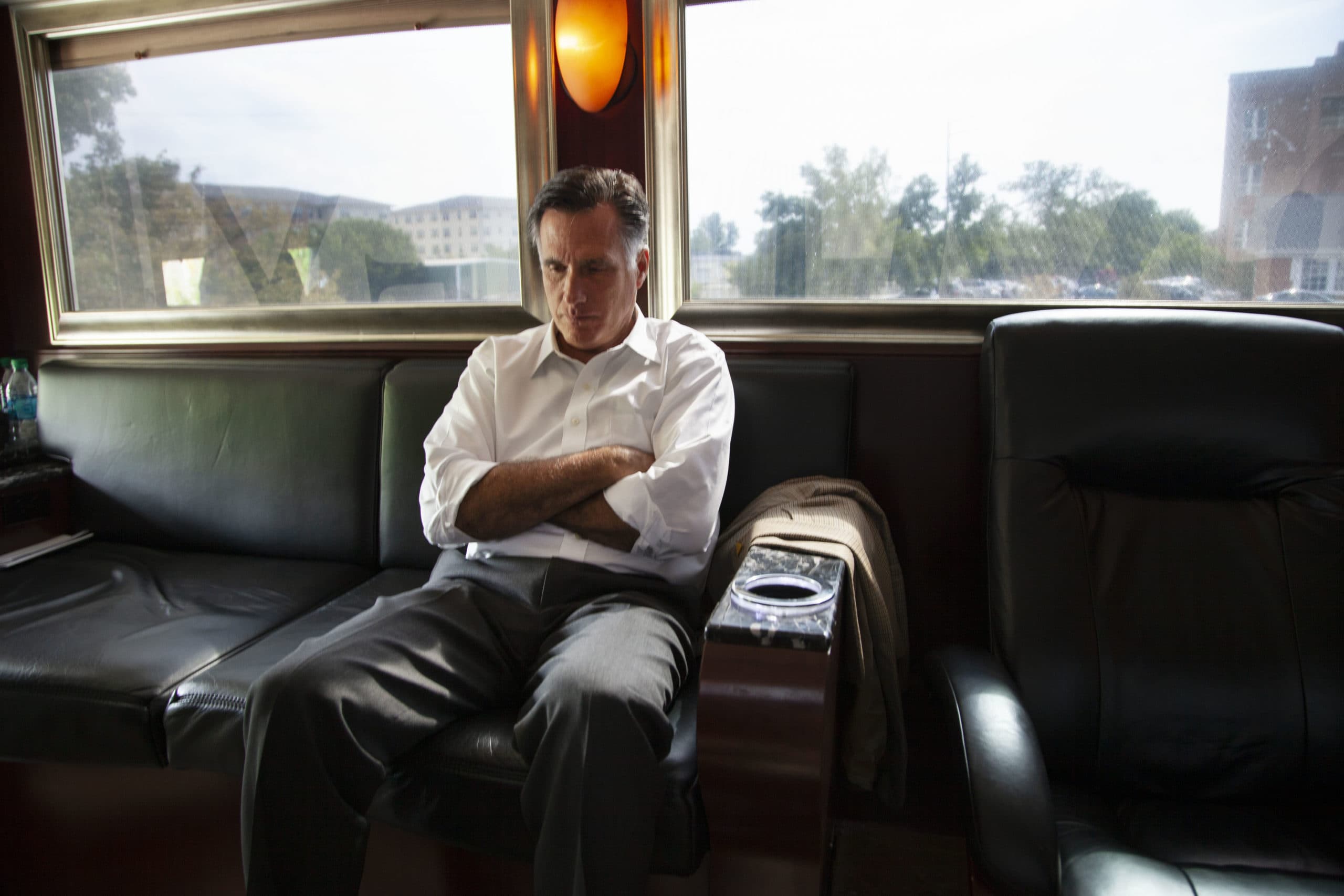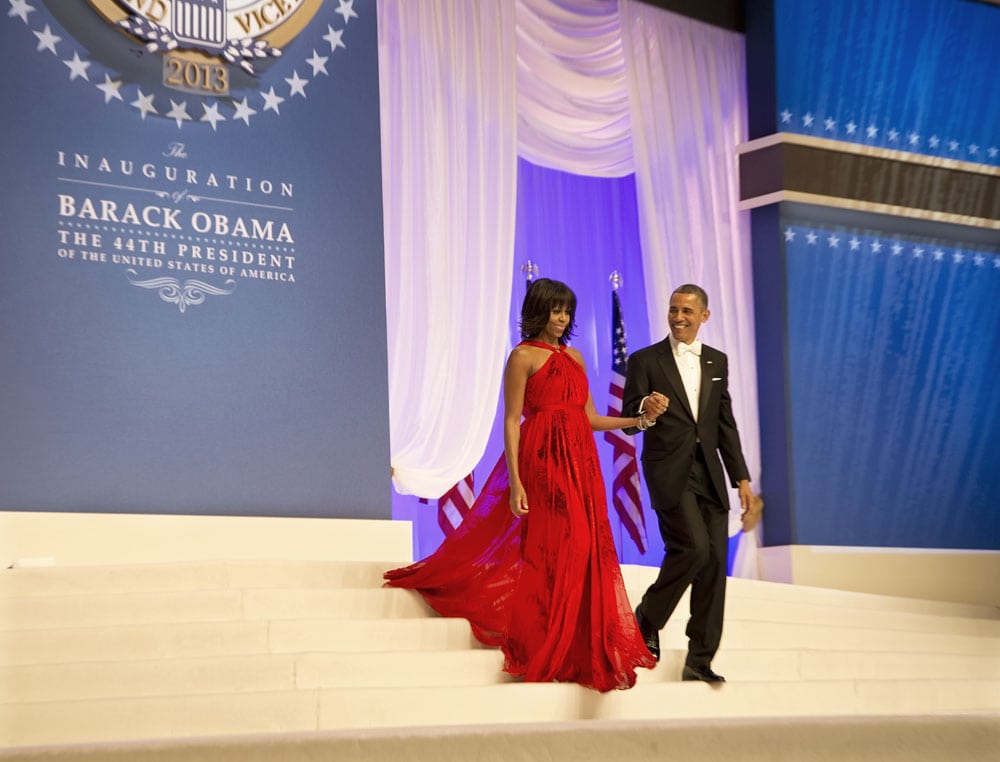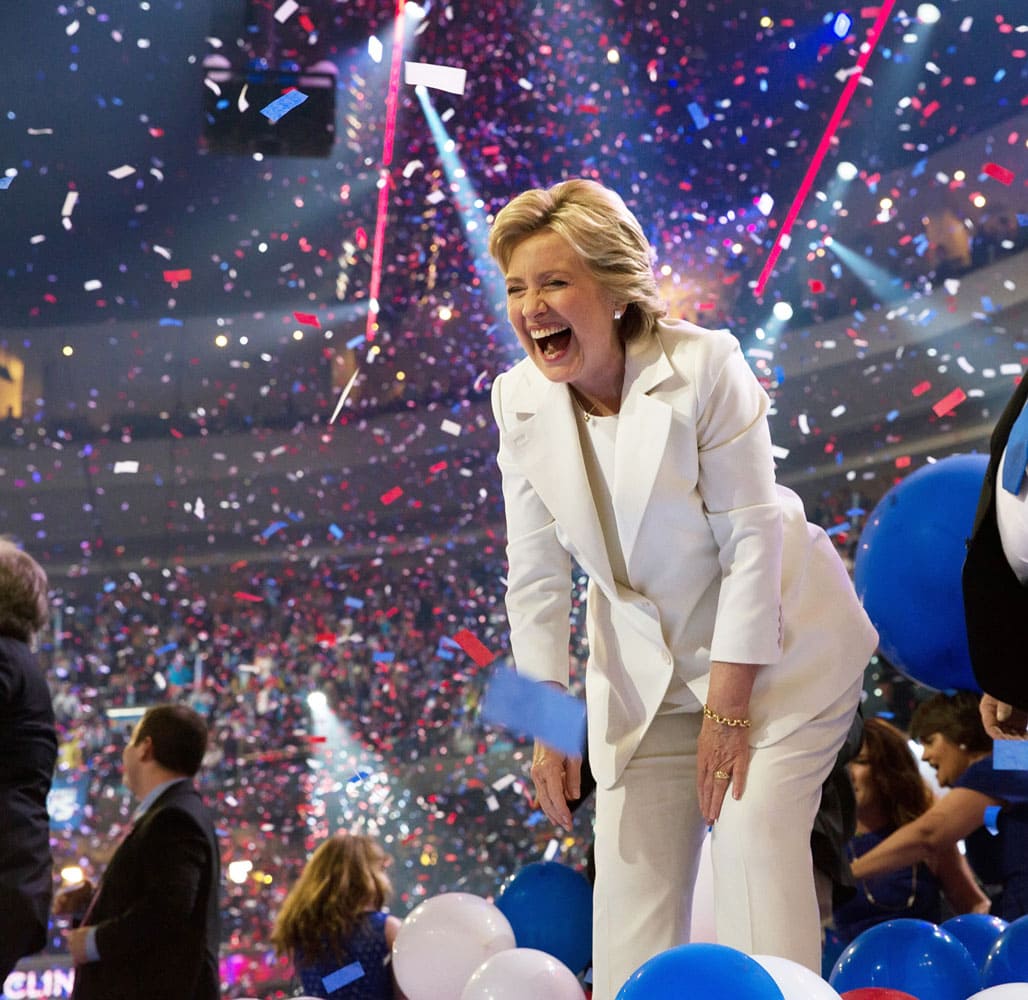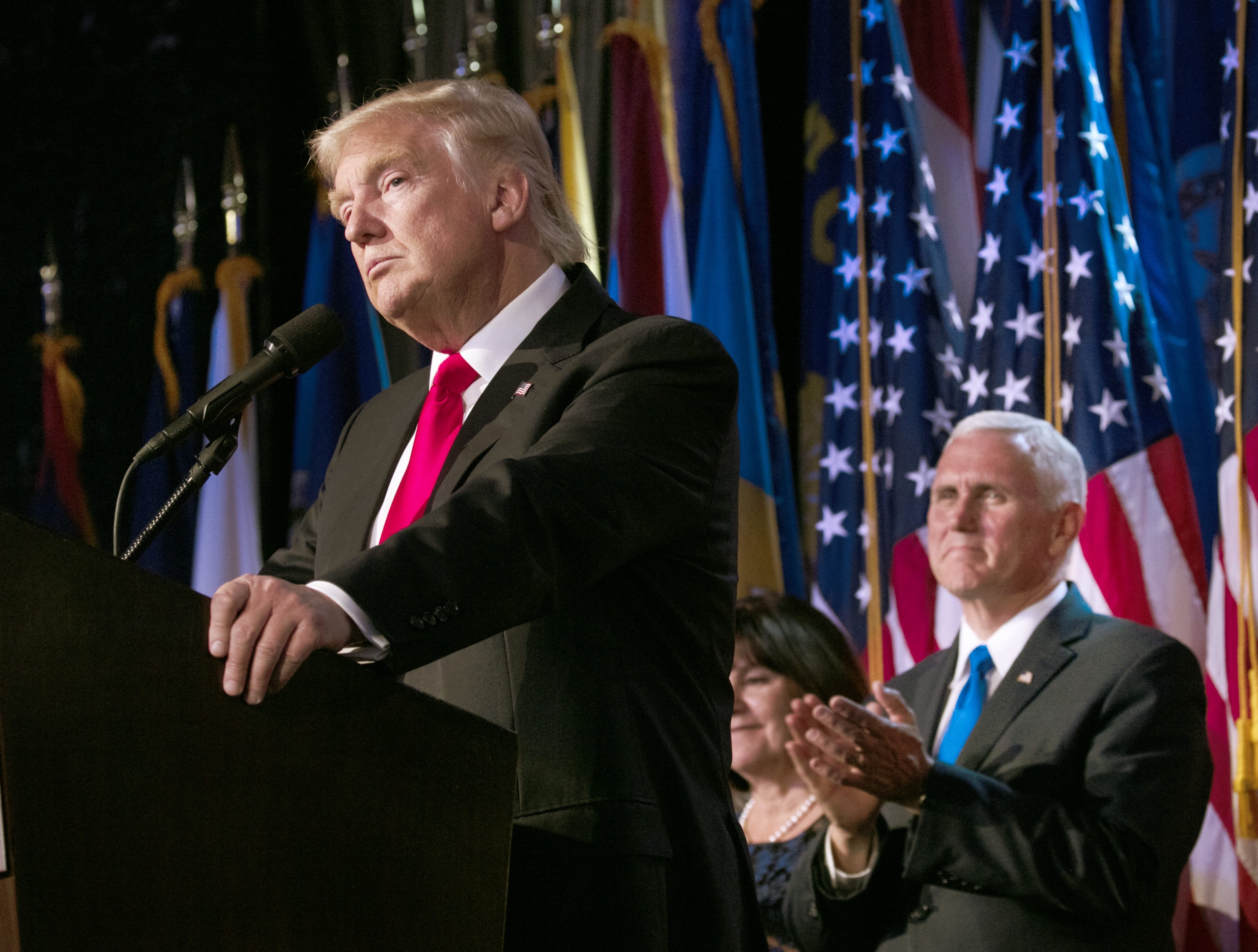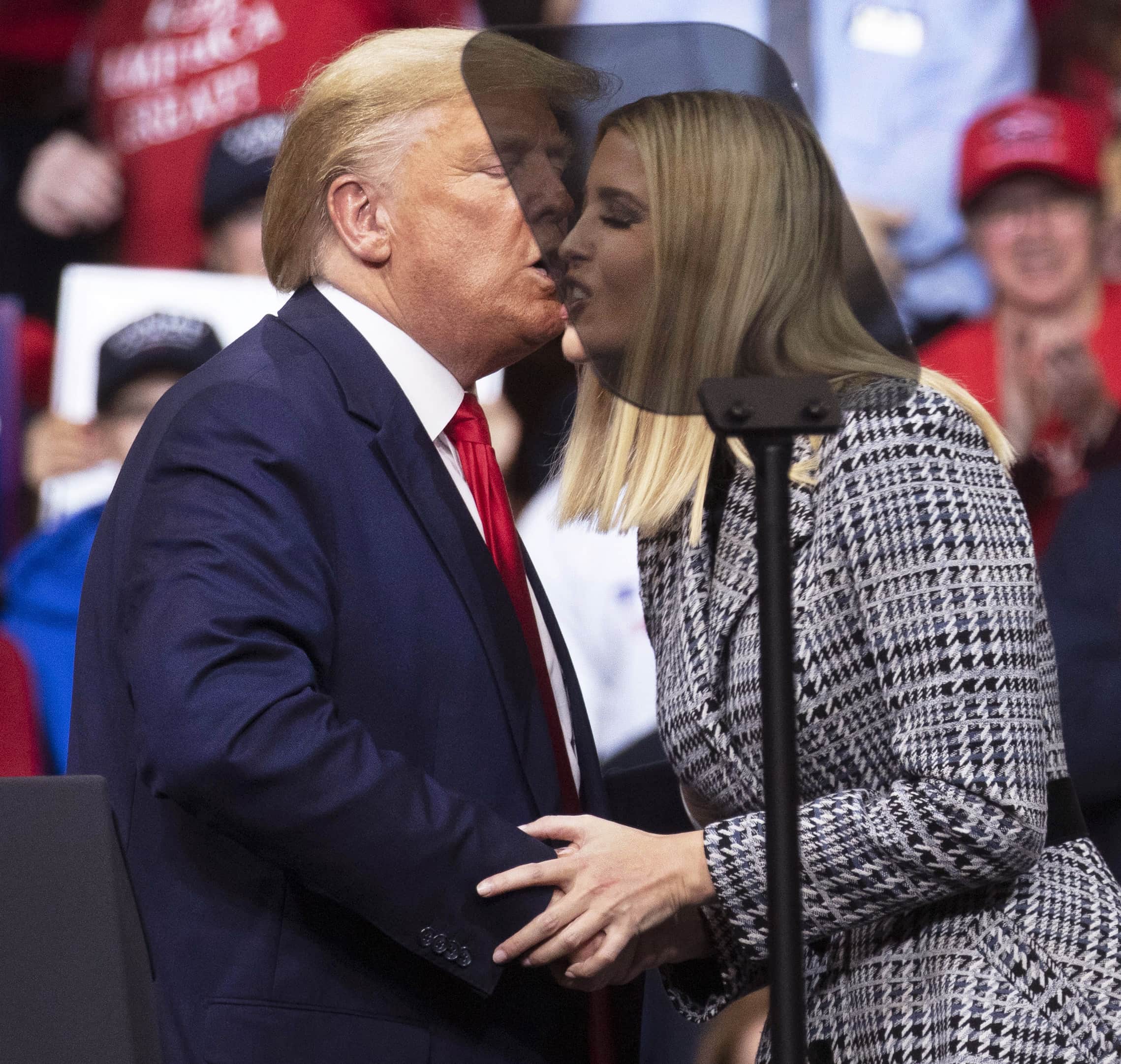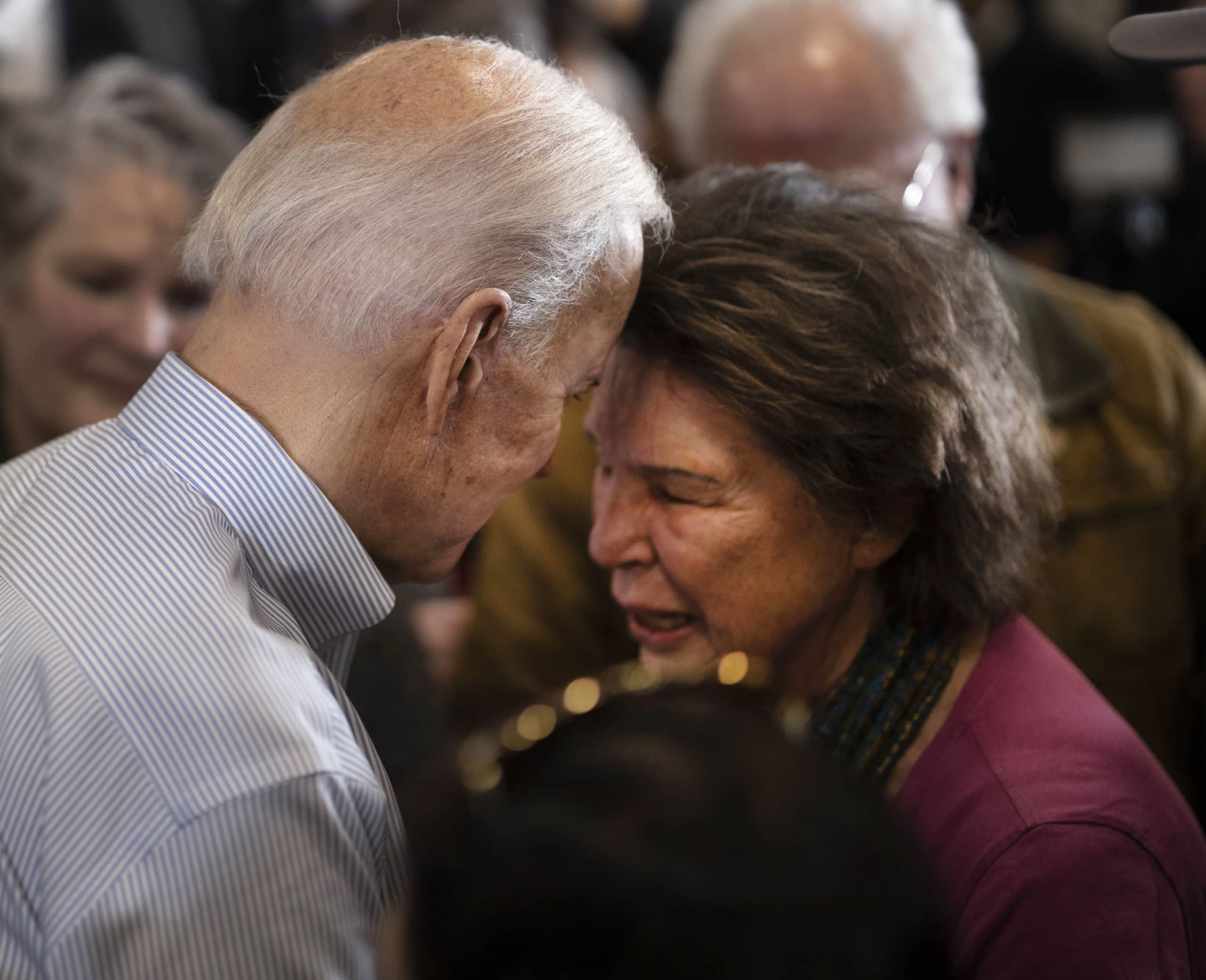I’m missing President Gerald R. Ford more than ever.
His graceful and dignified concession of the 1976 election to Jimmy Carter was an exemplar of how to deal with this overwhelmingly painful moment. Gerald R. Ford was not the first or last president to suffer this fate, and he wasn’t alone in doing it right. Only one person in American history has gone to the extreme, and has taken the path of petulance and obstruction. He is an embarrassment to the institution of the presidency and the people of the United States.
On November 2, 1976, President Gerald R. Ford voted in his hometown of Grand Rapids, Michigan. Afterwards he and Mrs. Ford were upbeat, and walked through cheering crowds shaking hands with everyone in sight. Before heading back to Washington, D.C., he and the first lady attended the unveiling of a large mural in the lobby of Kent County Airport that commemorated the life of the 38th president. It was a deeply emotional event for President Ford. He talked about his parents, and how important they and his family were to him. Everyone, even the press corps, became teary-eyed as they listened to his heartfelt words.
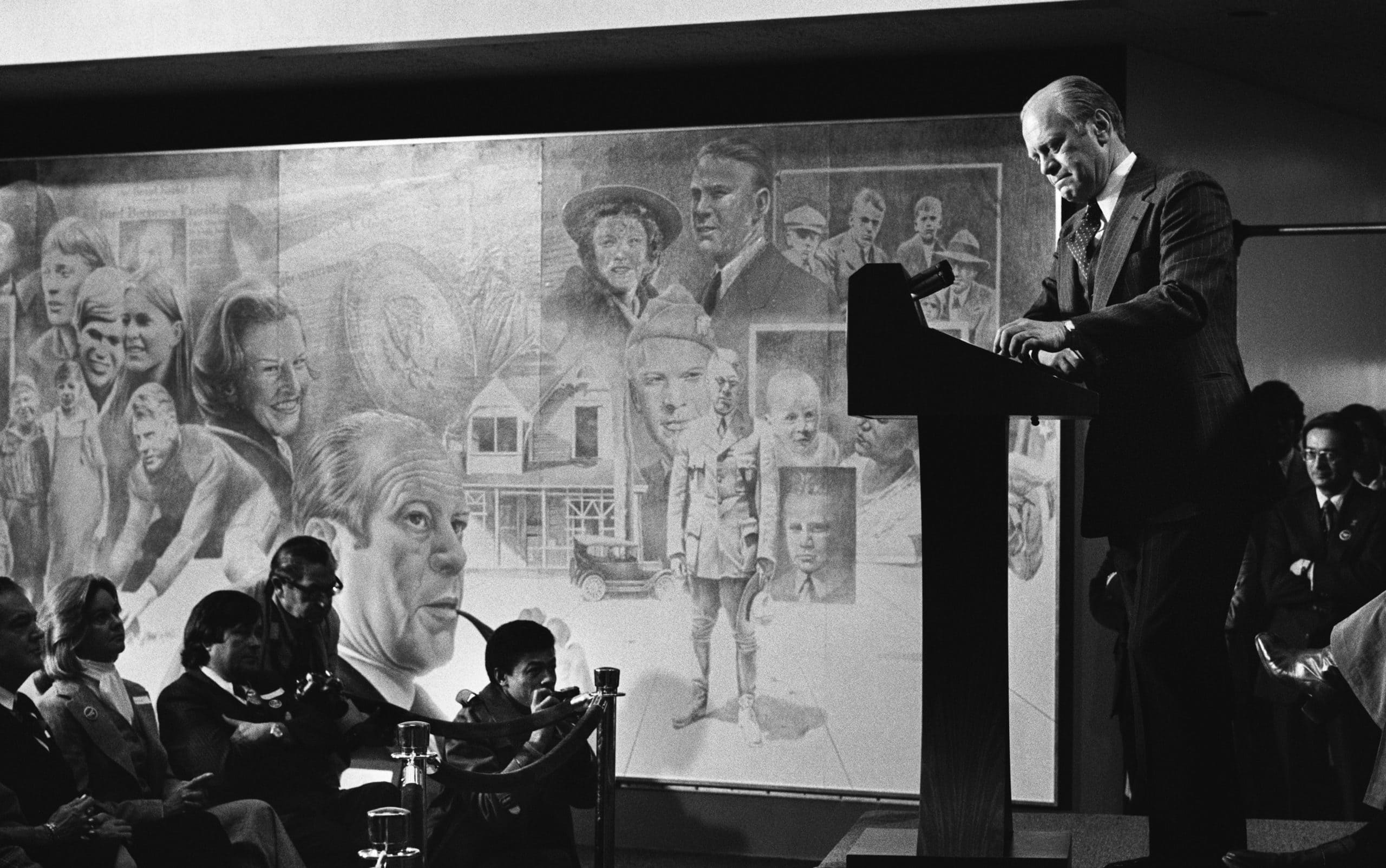
That night the president, along with his running mate Sen. Bob Dole, his family and close friends, gathered in the second floor residence of the White House to watch the returns. It was not a happy evening. It turned out to be one of the closest elections ever to that point. I mainly stayed upstairs with the family, but at one point I dropped in on Chief of Staff Dick Cheney in his office where he was keeping tabs on the tally. He was at his desk surrounded by paperwork and Shlitz beer cans. This wasn’t going to be a champagne occasion.
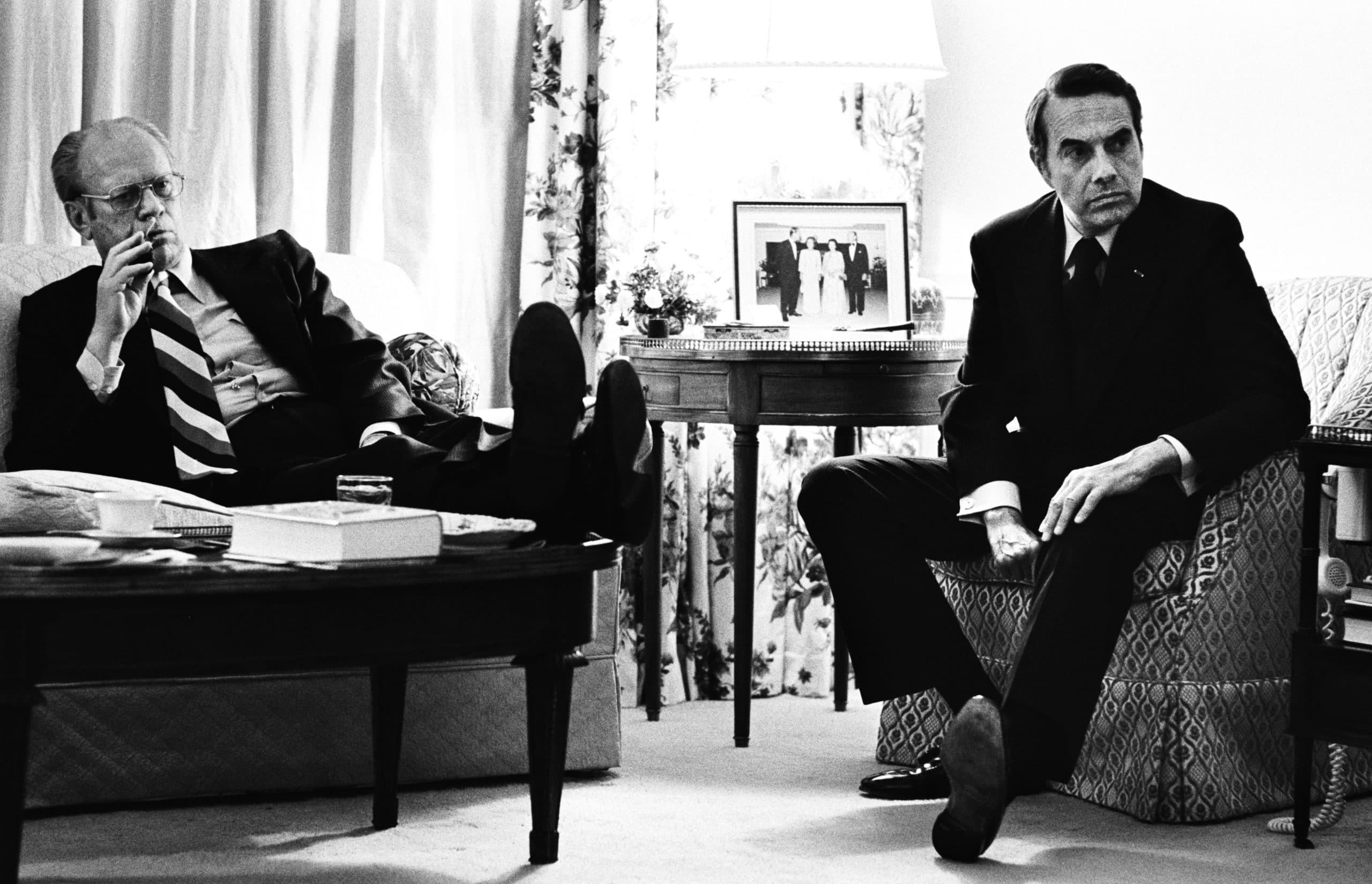
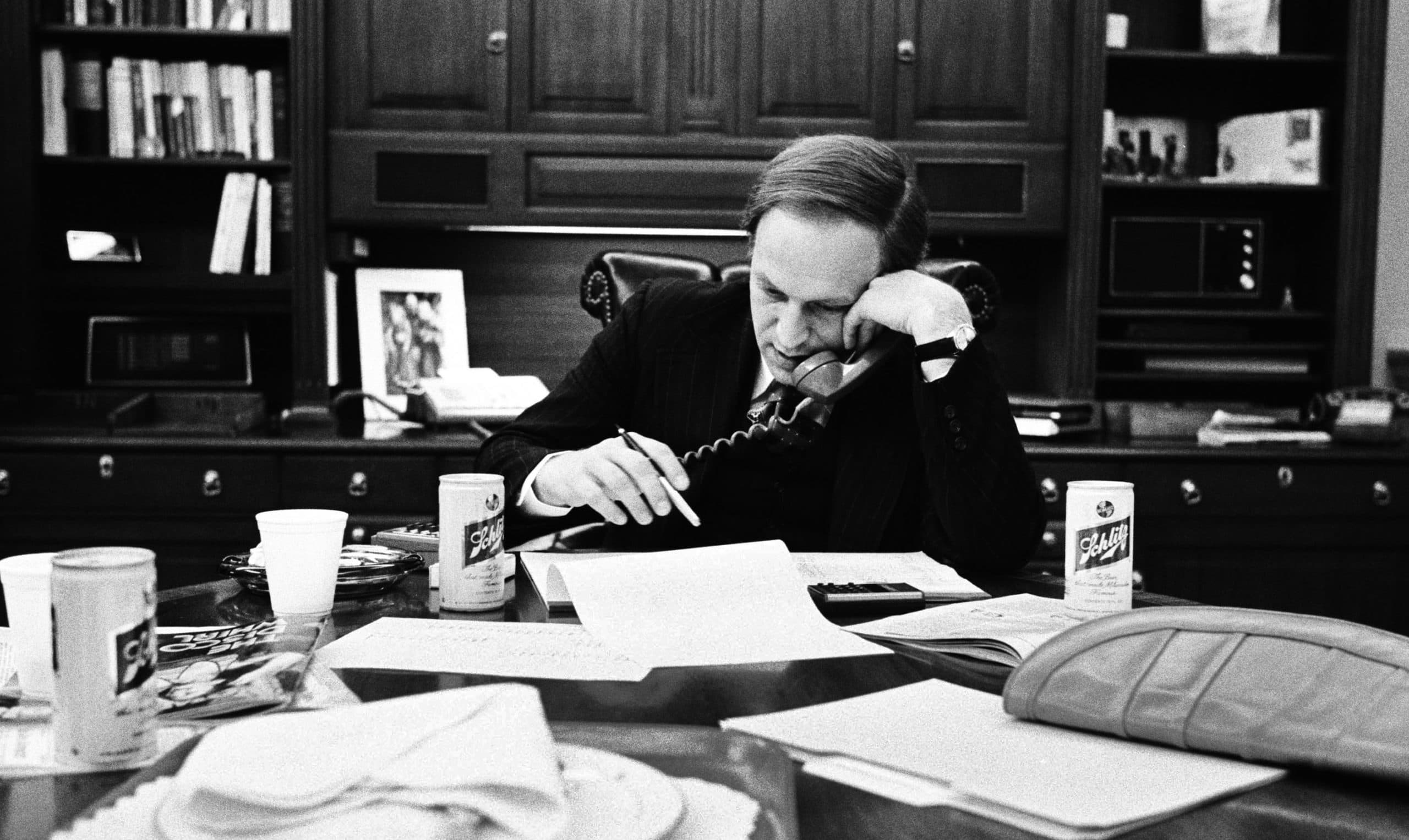
The election returns crawled into the wee hours of Nov. 3, and when the president finally went to bed at three a.m., he wasn’t 100% certain that he had lost, but the networks had called it for Carter. I went to my office in the West Wing and slept on the couch for a few hours. Around nine a.m. I went back up to the Family Residence to see the president. He was in his bathrobe having breakfast alone and reading a newspaper in the family dining room. “I guess we’ve had it,” I said. “Looks that way,” he whispered, his voice shot from the last two weeks of campaigning. “It was great while it lasted,” I said. “I wouldn’t have traded a minute of it,” he said with a smile.
Governor Jimmy Carter of Georgia won by a small margin. The final count of almost 80 million votes cast was 50.1% for Carter, 48% for Ford. The Electoral College, the tally that ultimately tells the tale, came in at 297 to 240 a few weeks later.
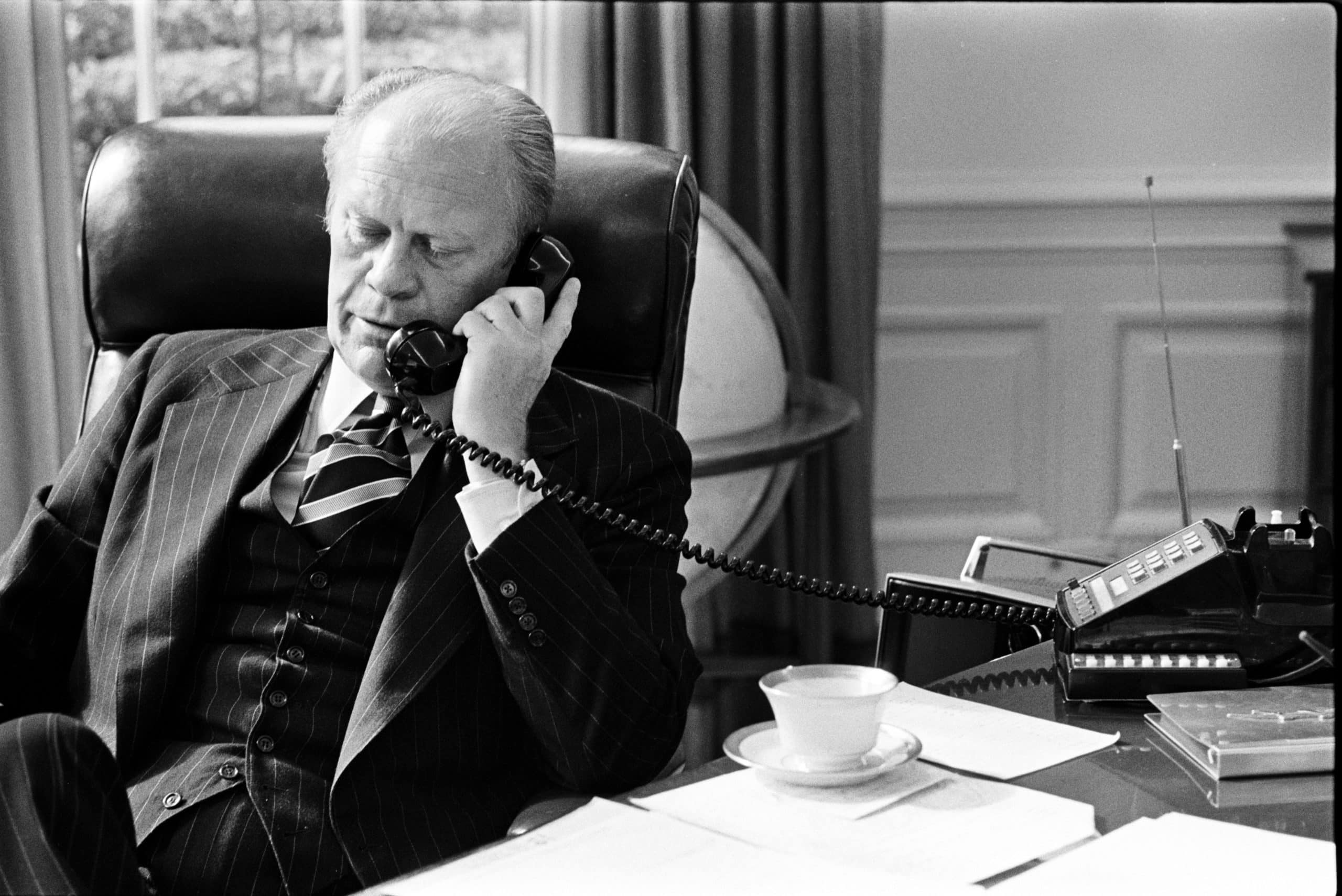
Two hours after his breakfast, the president made the tough call to Jimmy Carter to concede the election. He was in the oval office with Dick Cheney and counselor Jack Marsh. He could barely make himself heard because he’d lost his voice, but he managed to congratulate Carter, then asked Cheney, who was on an extension on the other side of the historic room to read his statement.
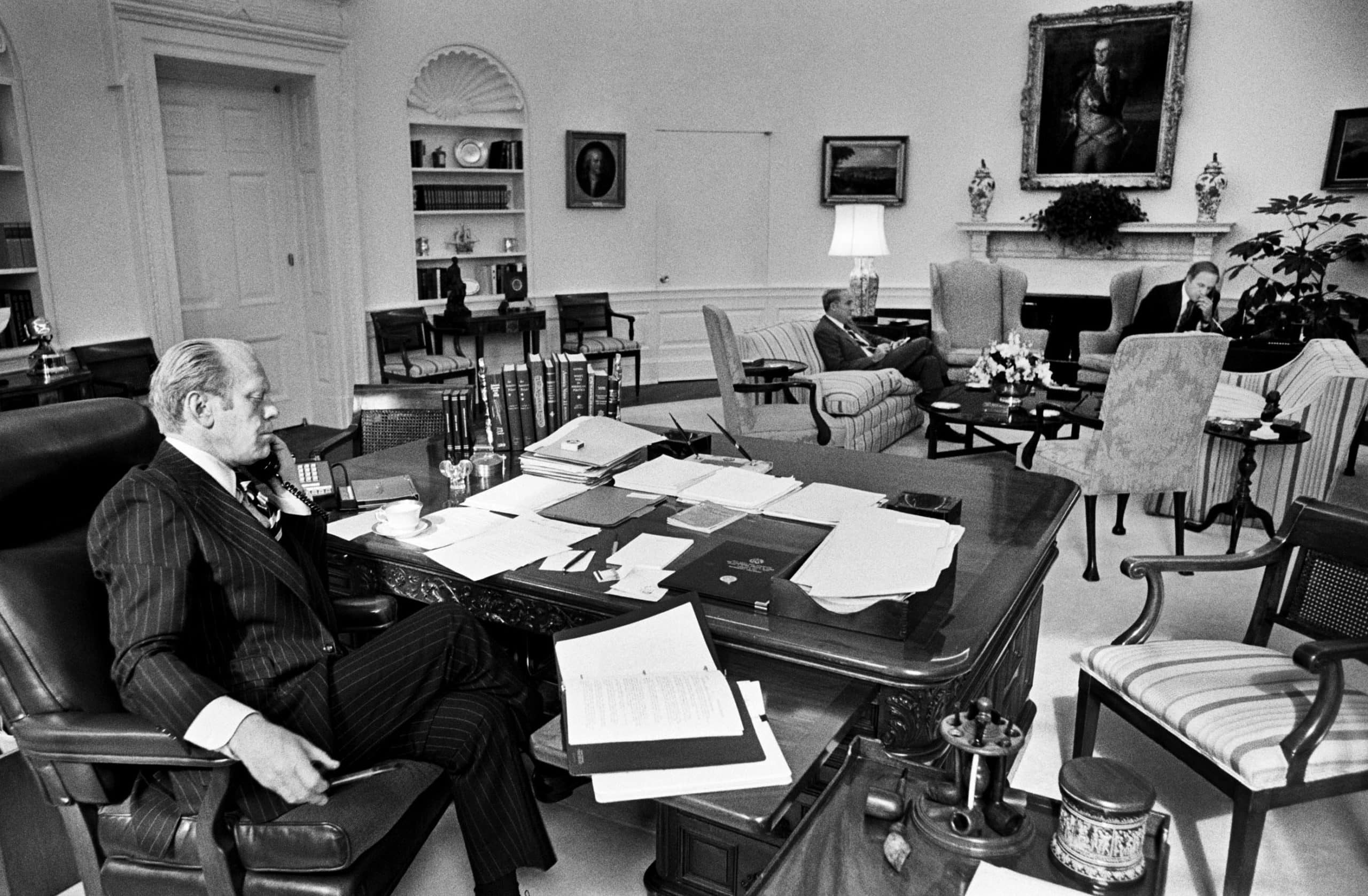
“Dear Jimmy:
It is apparent now that you have won our long and intense struggle for the Presidency. I congratulate you on your victory.
As one who has been honored to serve the people of this great land, both in Congress and as President, I believe that we must now put the divisions of the campaign behind us and unite the country once again in the common pursuit of peace and prosperity.
Although there will continue to be disagreements over the best means to use in pursuing our goals, I want to assure you that you will have my complete and wholehearted support as you take the oath of office this January.
I also pledge to you that I, and all members of my Administration, will do all that we can to insure that you begin your term as smoothly and as effectively as possible.
May God bless you and your family as you undertake your new responsibilities.
Signed, Jerry Ford.”
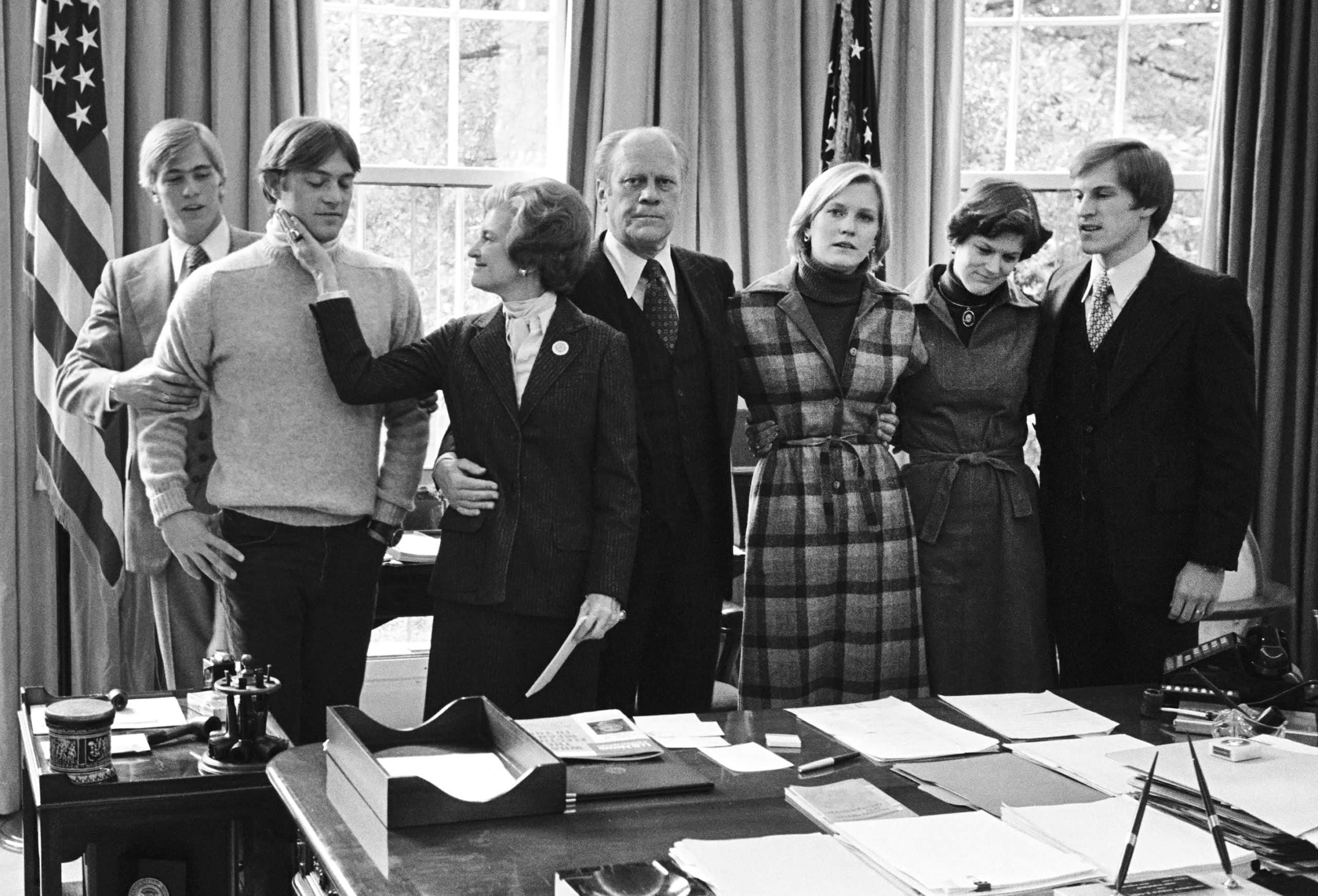
After they hung up, the president said, “Well, that’s that, let’s go see the press.” He was joined by the rest of the family, and it was a subdued group. Mrs. Ford, however, managed to rally the troops, and got them all to pose for a photo behind the president’s desk. She gave son Jack, who was pretty down, a playful little slap on the cheek, and the photo was accomplished.
Because of her husband’s lack of voice, the first lady would read the concession statement in the White House press room. He did manage to tell the assembled press corps, “I do want to express on a personal basis my appreciation, and that of my family, for the friendship that all of us have had. And after Betty reads the statement that was sent to Governor Carter by me, I think all of us, Betty, the children, and myself, would like to just come down and shake hands and express our appreciation personally.”
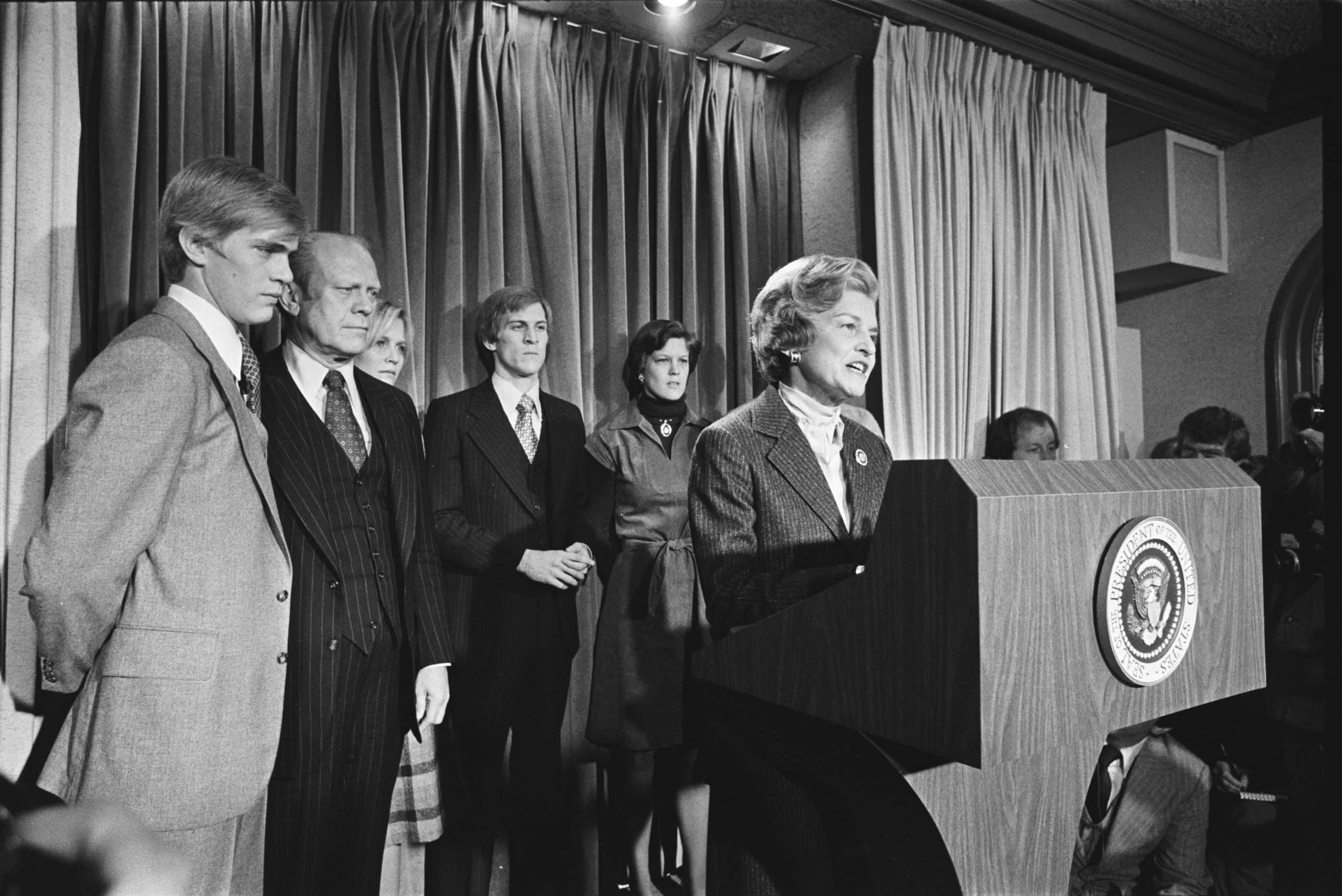
Mrs. Ford read the same concession statement that Cheney gave to Carter, and as promised, the Fords waded into the gathered members of the press and shook hands. Definitely not an “enemies of the people” moment. Even though Ford, like every other president in history, had been skewered by the press, he never took it personally. Ford once told me, “Their job is to hold us to account, and ours isn’t necessarily to like it, but to understand that’s what Democracy is all about.” Yep, that same pesky old First Amendment that our soon-to-be-ex-president is always complaining about.
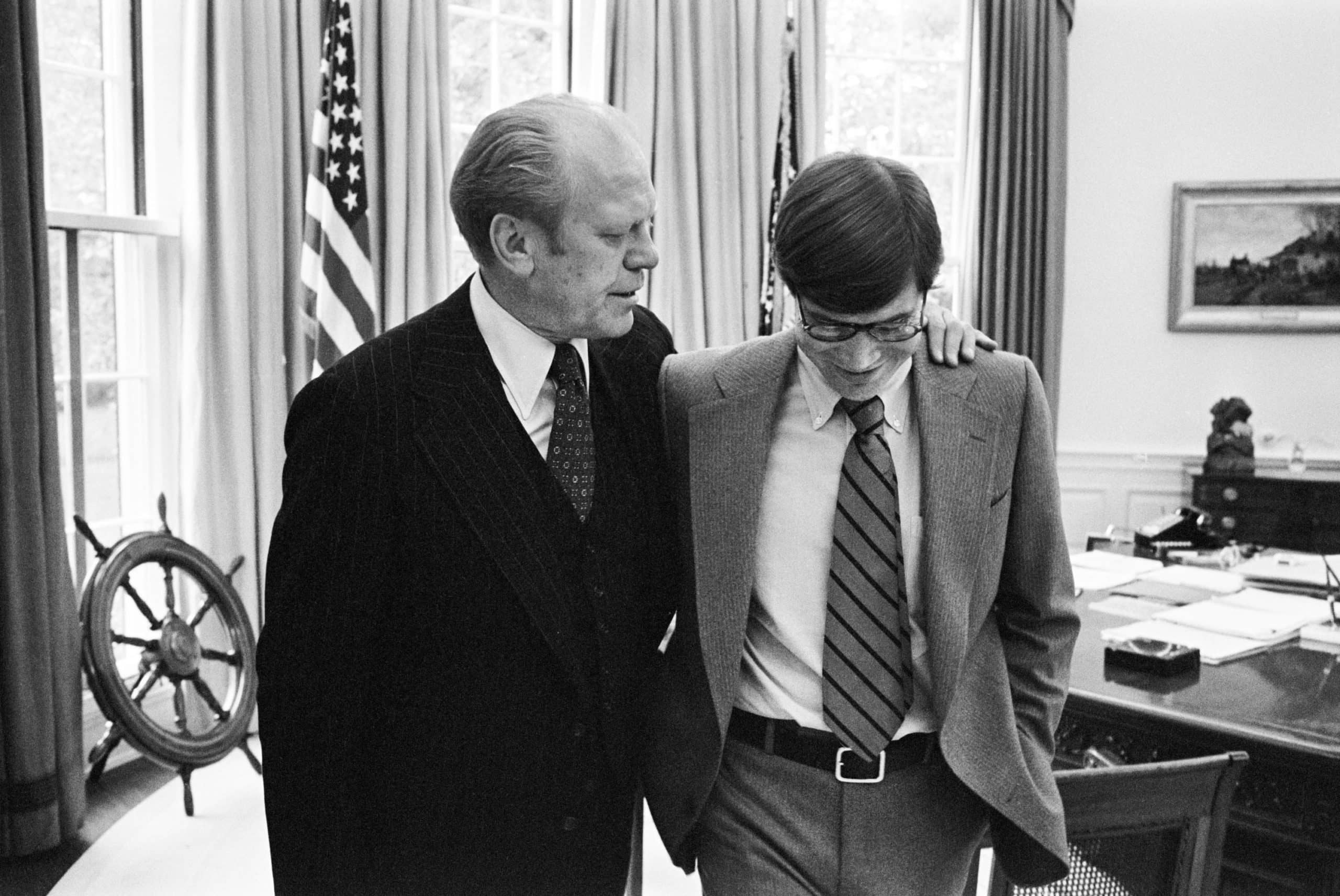
President Ford, close personal aide Terry O’Donnell, and I walked back to the oval office after the press appearance. Terry asked the president if there was anything he could get for him. President Ford came out from behind his desk, put his arm around Terry, and told him, “I’ve never really thanked you for the great job you’ve done for me over the last two years. If there’s anything I can do for you after we leave here, just let me know.” Terry took off his glasses and wiped his eyes, and for the first time it really hit me. Here was a guy who had just lost the biggest prize in the world telling a member of his staff that he would do anything he could to help him. I turned and walked out of the room, tears streaming down my face.
Flash forward to the here and now. No concession from the president whose name shall not be mentioned, and who clearly lost. And no humanity. Instead of an arm around the shoulder, many got a kick in the ass out the door. At least getting fired by this president is a great resume item.
That grand guy Gerald R. Ford who ended our, “Our long national nightmare,” August 9th, 1974, would not have approved, and would have recoiled in disgust at the behavior of the worst person to ever occupy the oval office.
Center for Creative Photography, The University of Arizona: David Hume Kennerly Archive.
© Center for Creative Photography, Arizona Board of Regents
Center for Creative Photography, The University of Arizona: David Hume Kennerly Archive.
© Center for Creative Photography, Arizona Board of Regents
